I was so happy to finally add another West African country on my travel list. Few years back, I went to Ghana and the country left a mark in my heart, I was super thrilled to be back in the region.
I was going on a school trip with 32 other students and 3 faculty professors. We were going to study Religion & Peacemaking in Senegal, specifically learn about Sufism and its impact on peace in the country.
Senegal is a country rich in culture, religion and entertainment. It was colonized by France until recently in the 1960s. The french influence is still prominent, and mixed with the local African culture. I was excited to explore all of that.
I hope you enjoy my travel highlights of Senegal.
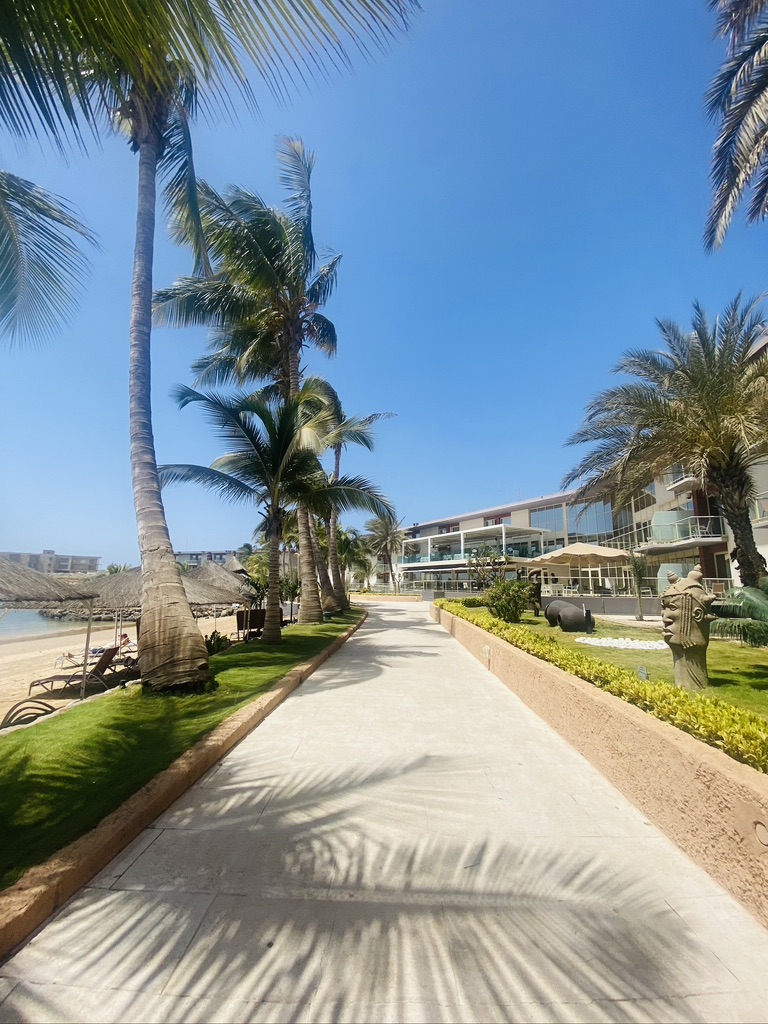
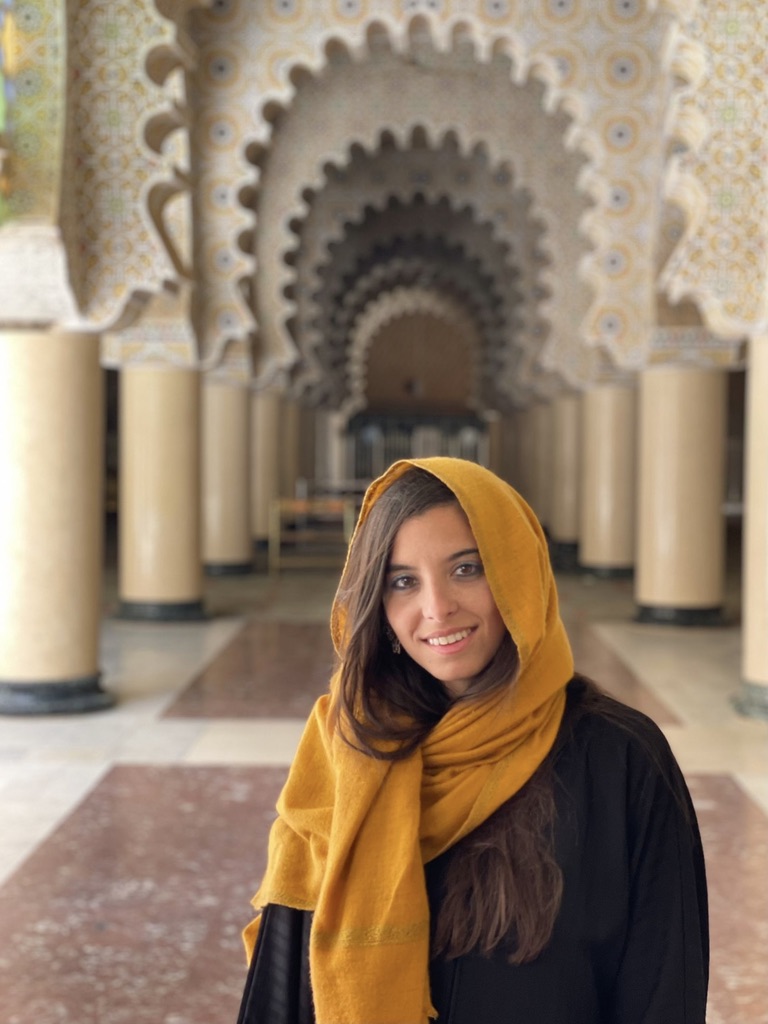
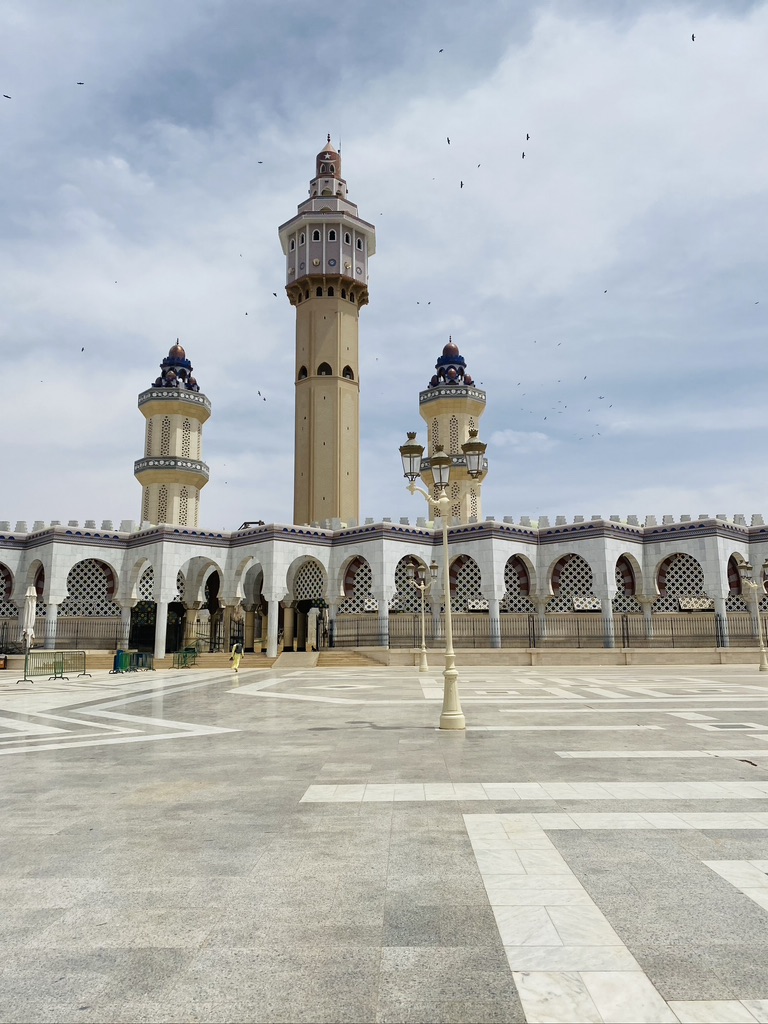
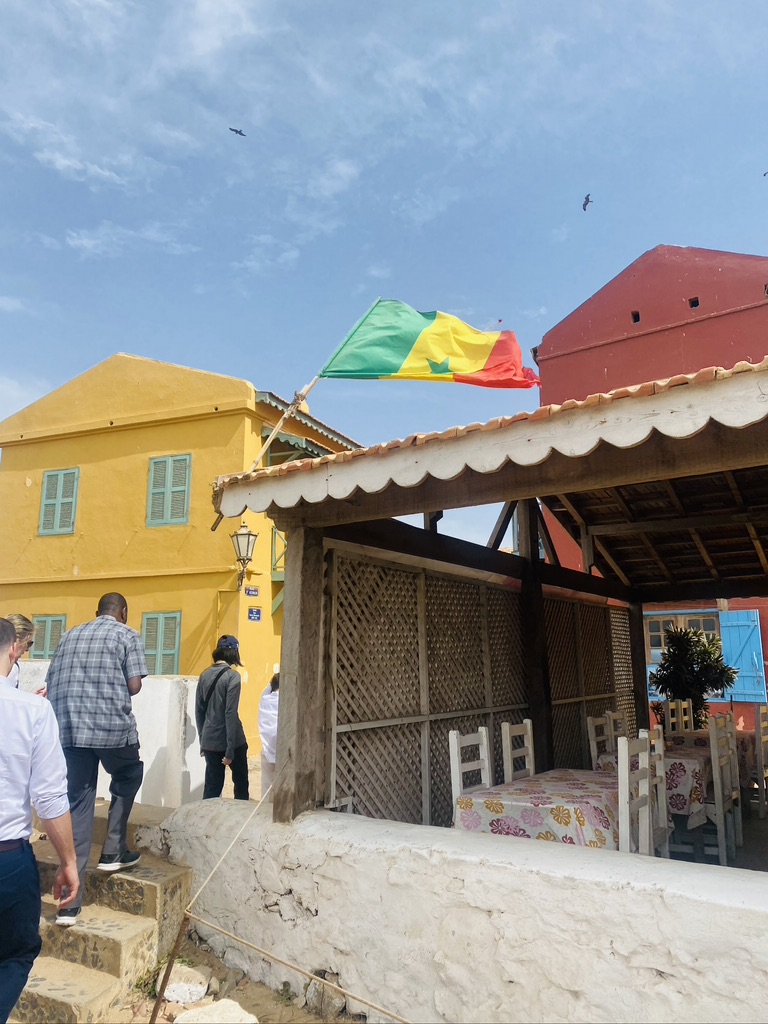
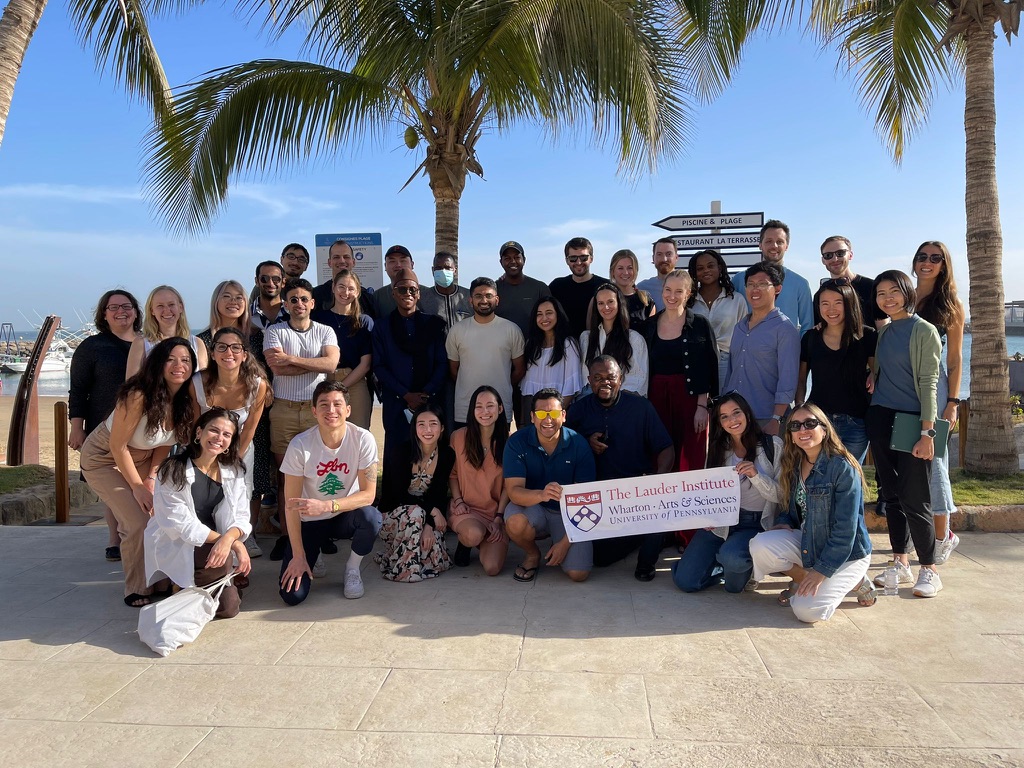
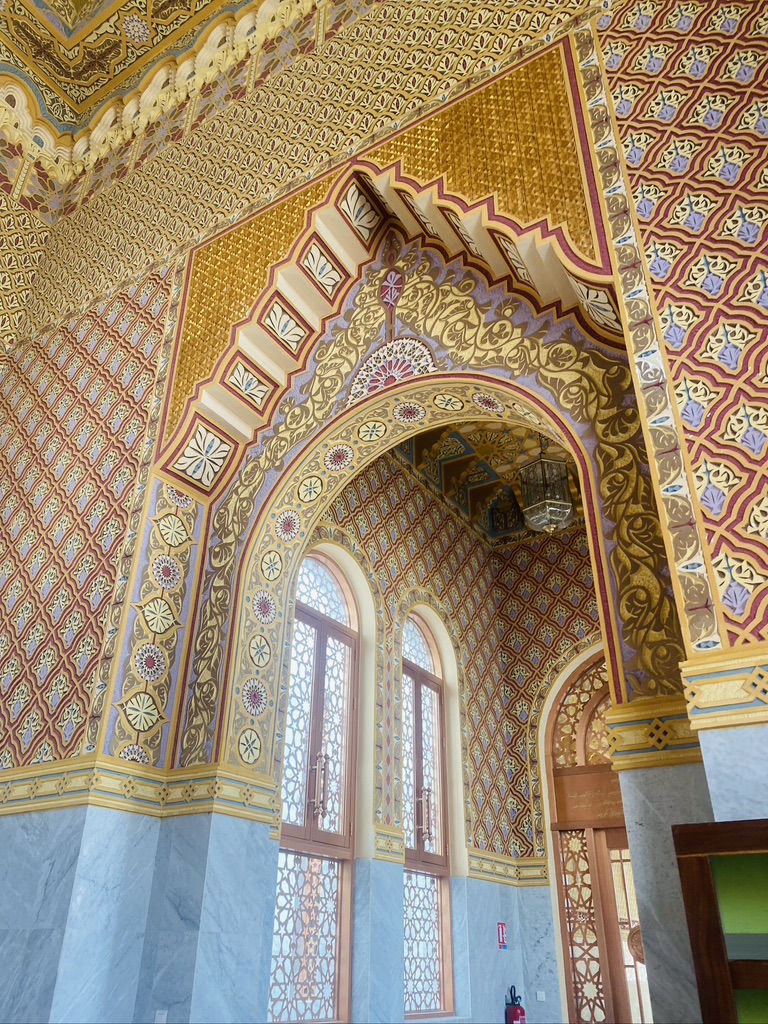
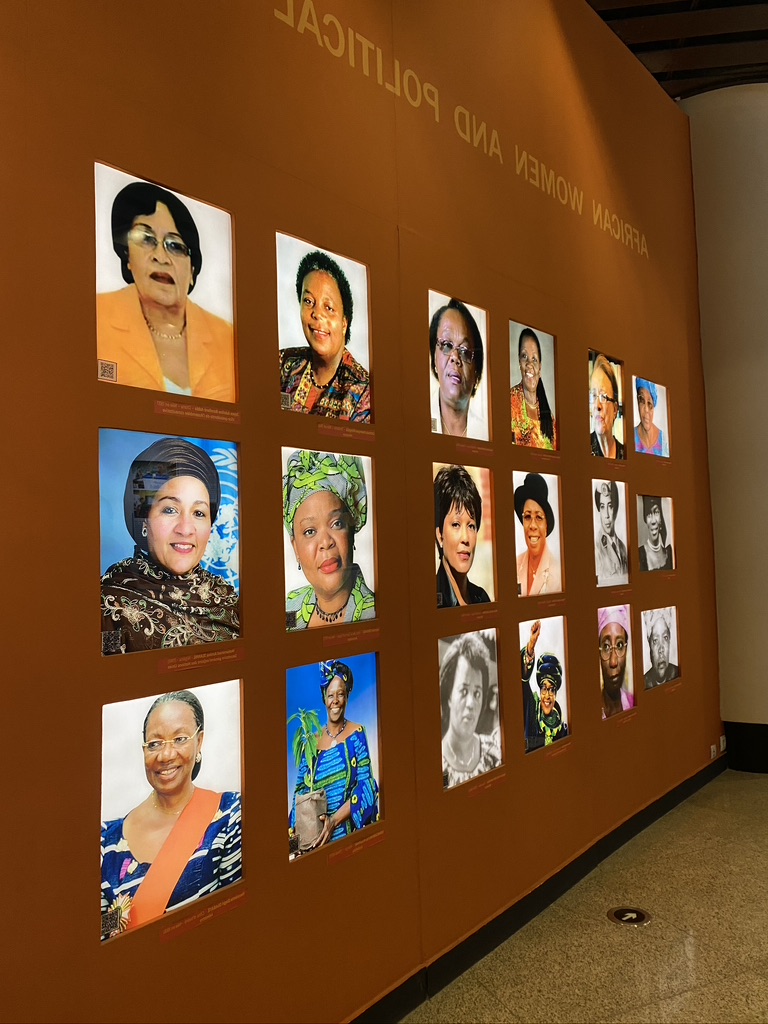
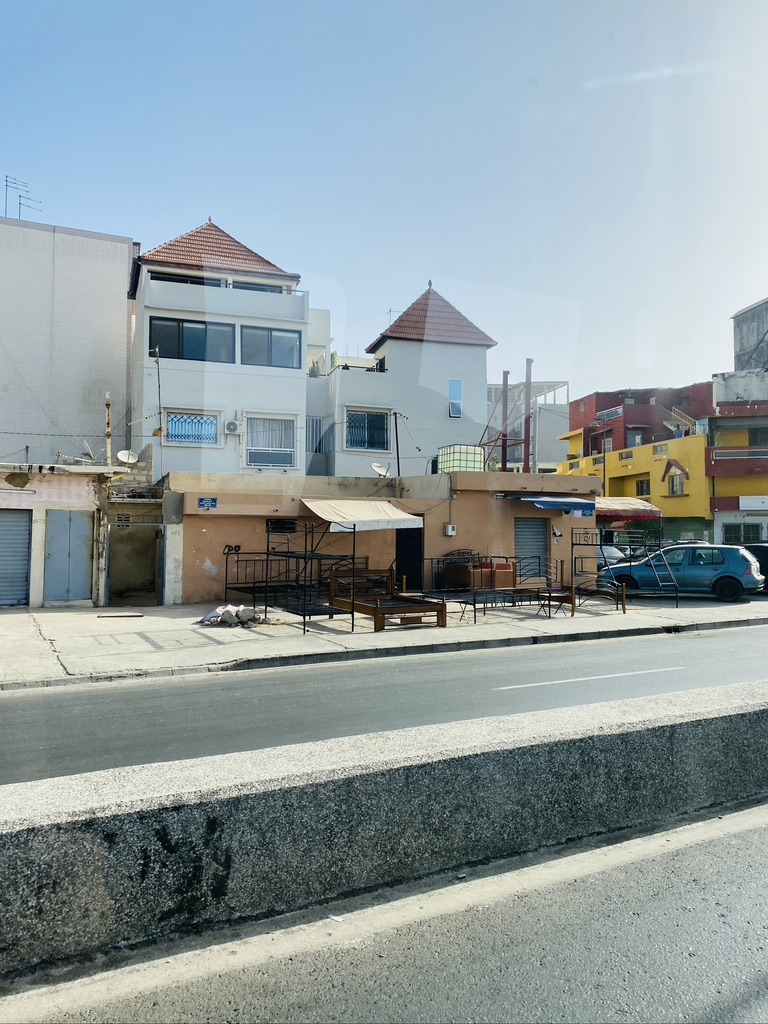
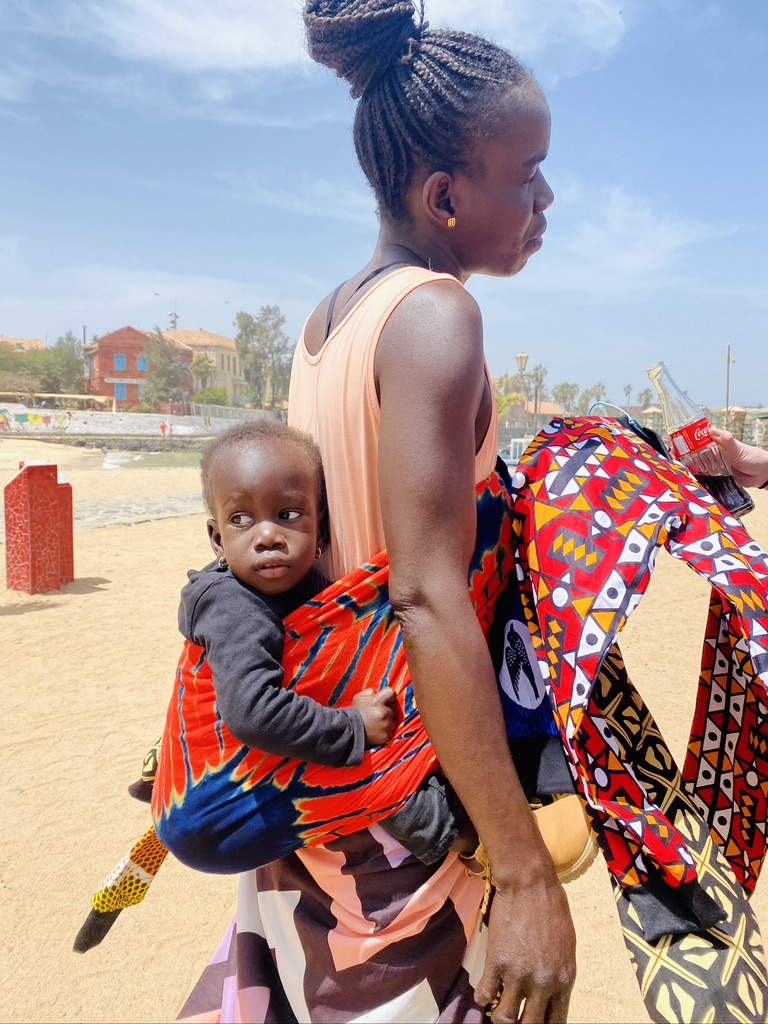
HOW TO GET TO SENEGAL
FLY TO DAKAR
Dakar International airport is 43km east of downtown Dakar, near the town of Ndiass. Major airlines fly to that airport, depending on where you are coming, you could use Air France, Delta, Emirates, and Turkish Airlines among others.
THE BEST TIME OF THE YEAR TO VISIT SENEGAL
The best time to visit Senegal is during the dry season, from November to March. This is when the temperature is between 17 and 27 degrees Celsius, and the Saharan harmattan wind blows away any trace of humidity.
WHERE TO STAY IN SENEGAL
Terrou-Bi Resort: I stayed in this beautiful hotel during my time in Senegal. It is located in Dakar, on the beach and close to other business centers. The hotel is very clean and spacious, surrounded by palm trees. It has an amazing pool, several restaurants and a casino. The staff as well as the service are very nice and welcoming, they made sure my stay was memorable. My only warnings would be the price and the taxis in the parking of the hotel. Staying at Terrou-Bi could be pricey, if you are traveling on a limited budget. The taxis in the parking might also give you a much higher rate for a certain ride. Try to negotiate or take a taxi from the street just outside the hotel.
Otherwise, I highly recommend staying in a hotel or Airbnb in Dakar. It is the most modern part of the country and has different markets, museums and restaurants. It is also easy to access other destinations from the city. There are plenty of hotel options such as Radisson blu, Hotel Lagon 2 and Pullman Dakar Teranga as well as Airbnbs in the area.







Terrou-Bi hotel, Dakar Senegal
WHAT TO DO IN SENEGAL
1. Visit the Black Civilization Museum in Dakar
One of the things I got to do in Dakar was visit the Black Civilization Museum. The museum opens at 10am, but Senegalese people (just like Lebanese) have a flexible notion of time. So delays and changes in timings are very normal. I ended up entering the museum around 10:30am.
The museum is fascinating. It portrays the history of black civilization within Senegal, Africa but also the world. The museum, that opened in 2018, aims to show “Africa’s contribution to the world’s cultural and scientific patrimony”.
Entering the museum, a large towering 22-ton rusting baobab tree welcomes any guest at the entrance. The tree signifies the origin and the progression of humanity and culture through the roots, trunk and leafs. The ground floor also displays ancient skulls, tools and ceramics on early craftsmanship, paying homage to the origins of humankind. The second floor exhibits more contemporary African arts, religions and famous figures. “Afrique maintenant” meaning Africa now was the theme.
I specially liked the statue of a person laying on the ground, reading a book. The statue was interesting as it lacked a head. This symbolized that men need to read a lot in order to create their own thoughts and opinions around life.







Black Civilization Museum, Dakar Senegal
2. Shop in the markets OF DAKAR
Another thing you should do while in Dakar is visit the art markets, mainly the art village of Soumbedioune and the art market in Sandaga. These visits are very cultural. I bought so many souvenirs for myself and my friends.
The ART Village of Soumbedioune
The Art village of Soumbedioune is a hidden gem, in the center of Dakar. It was developed in 1961 and is currently made of several small alleys. It is stacked with local shops selling artisanal Senegalese items such as sculpted works, paintings, clothing, accessory and house decors.
Unfortunately, this place seemed like it had become very touristy. Prices were definitely higher than usual and a lot of haggling was required. I was also followed around by shop owners trying to convince me to buy their products. Although it might seem a bit overwhelming, personally I enjoyed it. I enjoyed trying to bargain the prices of goods and laugh along my professors who would save me by saying one local phrase to the vendor. It was definitely an experience, but try to go with a local!
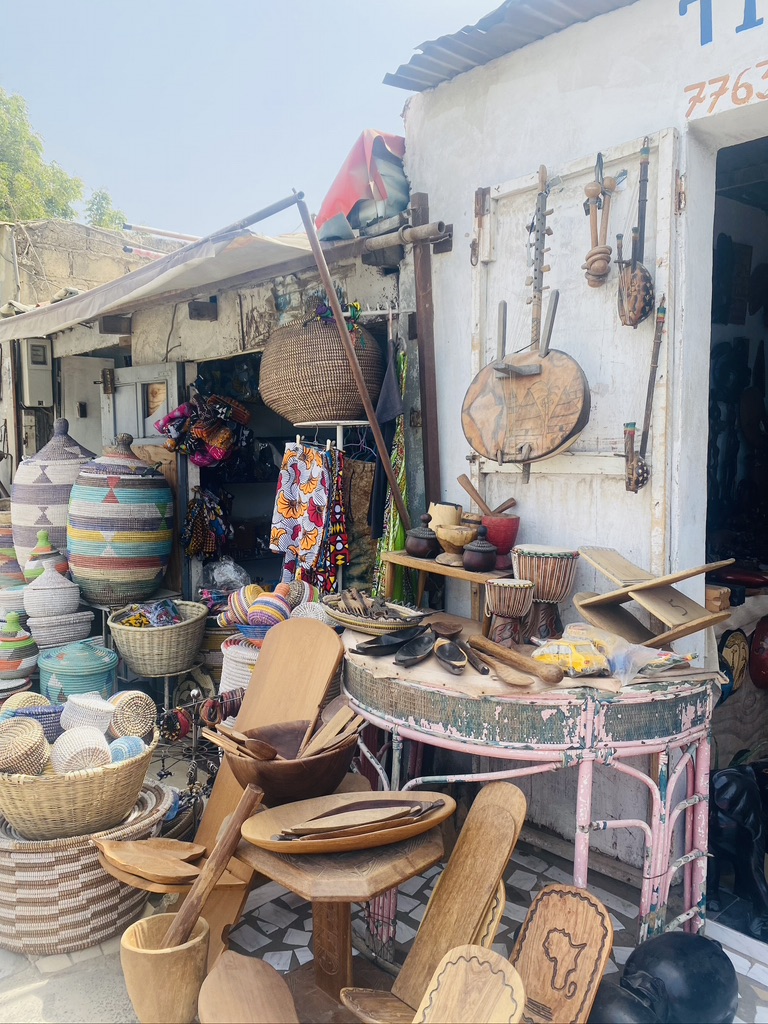
The Market of Sandaga
The Market of Sandaga, similarly to the Soumbedioune village, is also a market, house to many local artisanal work. The Sandaga market is an open air market, one of the most special in Dakar. The market offers cheap plastic sandals, gold-colored necklaces depicting Muslim religious leaders, and a dizzying array of other local and foreign-made goods.
It kept its local West African distinctive geometric architecture despite the french colonial structures. However, after informal stalls continued to sprawl outward, the government tried to relocate some of the vendors outside the area into other parts of the city. But apparently vendors manage to skirt new restrictions and pop up in new spots.
This time again, I was followed by several street vendors trying to sell me their goods. Some of them even followed me to the bus! It was quite a scene.


Sandaga market, Dakar Senegal
3. Take a boat to Ile Goree and visit the slave house
On my second day in Senegal, I took the boat, with my class, to Ile Goree . An island around 20mins away from Dakar. It was known as the largest slave-trading center on the West African Coast during the 1500s and the following centuries. The island was controlled in succession by the Portuguese, Dutch, English and French. Its architecture is characterized by the contrast between the grim slave-quarters and the elegant houses of the slave traders. Today, the island has colorful colonial building, local markets and restaurants. It continues to serve as a reminder of human exploitation and as a sanctuary for reconciliation. This island is a must-see.
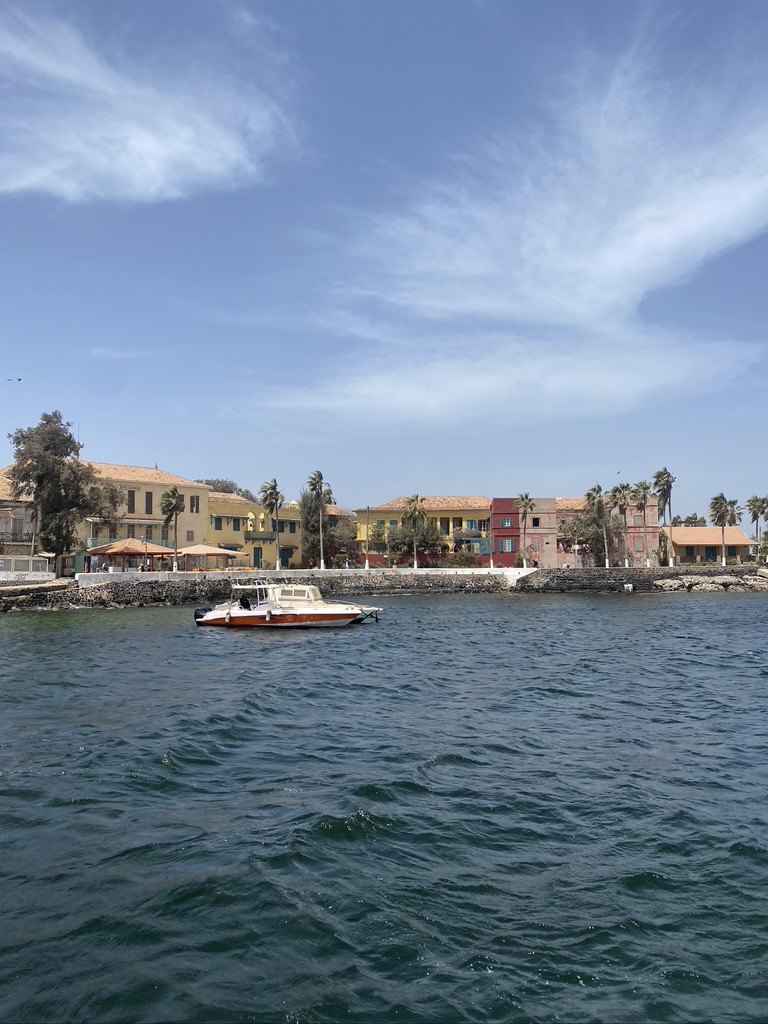
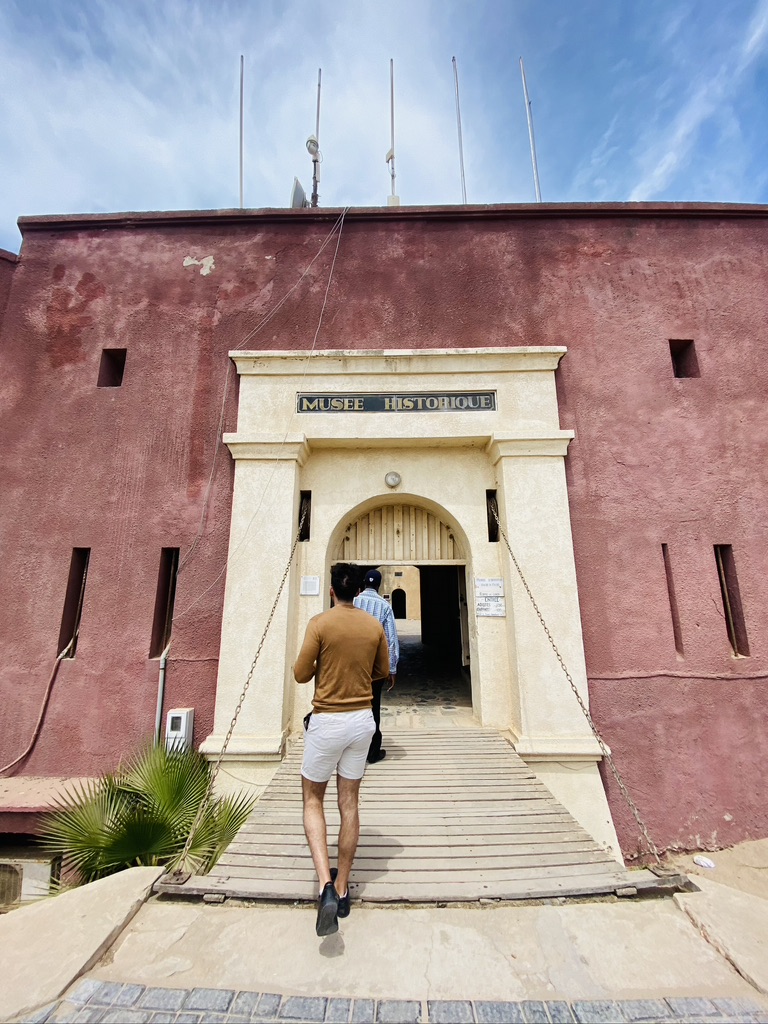
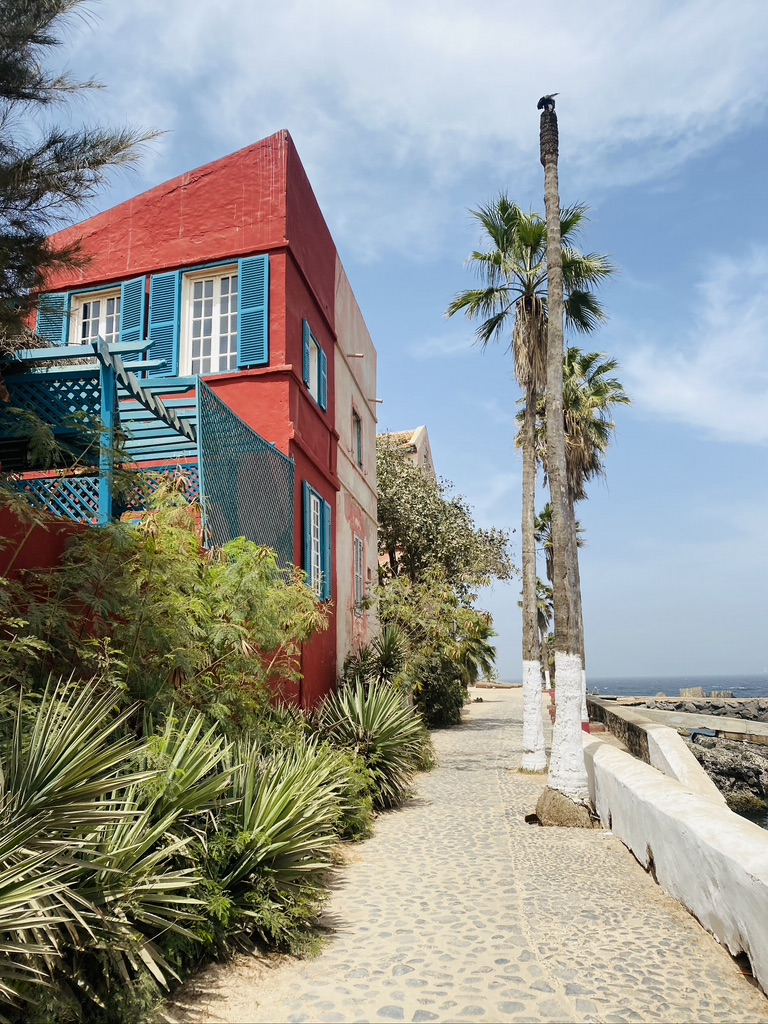
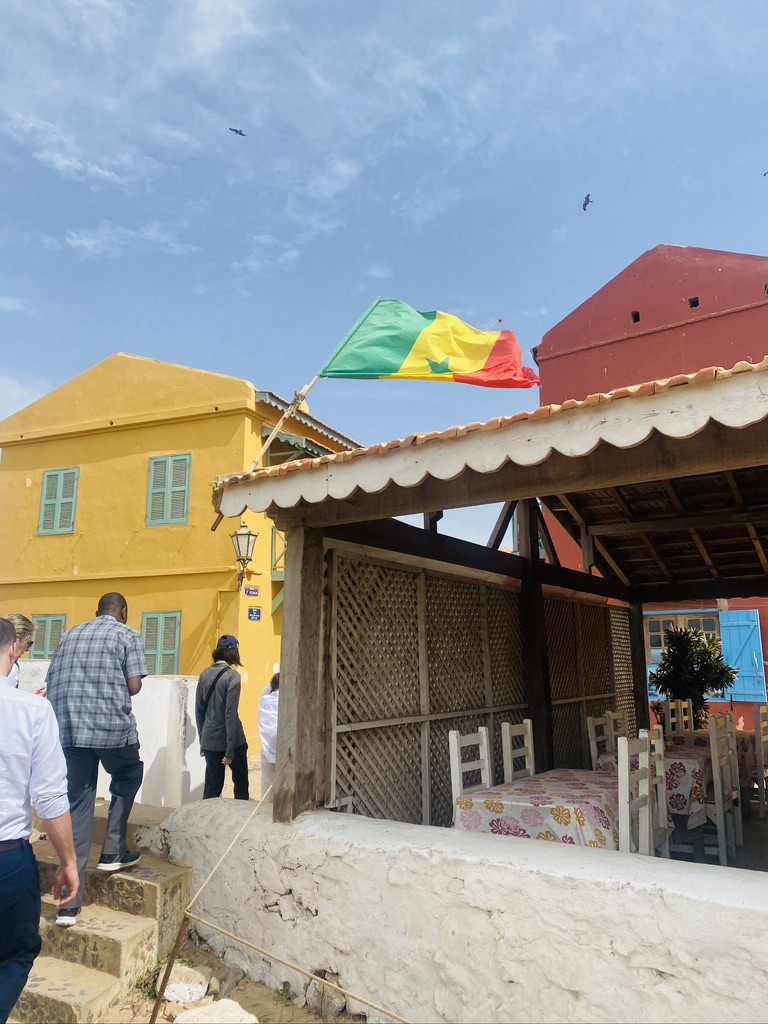
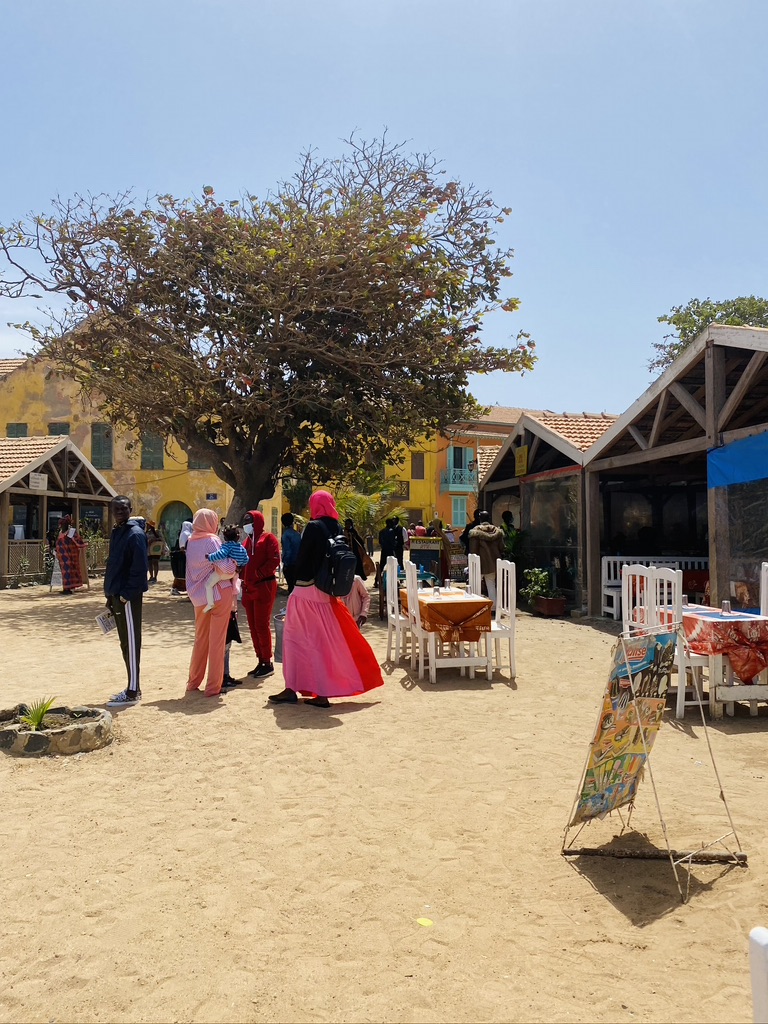
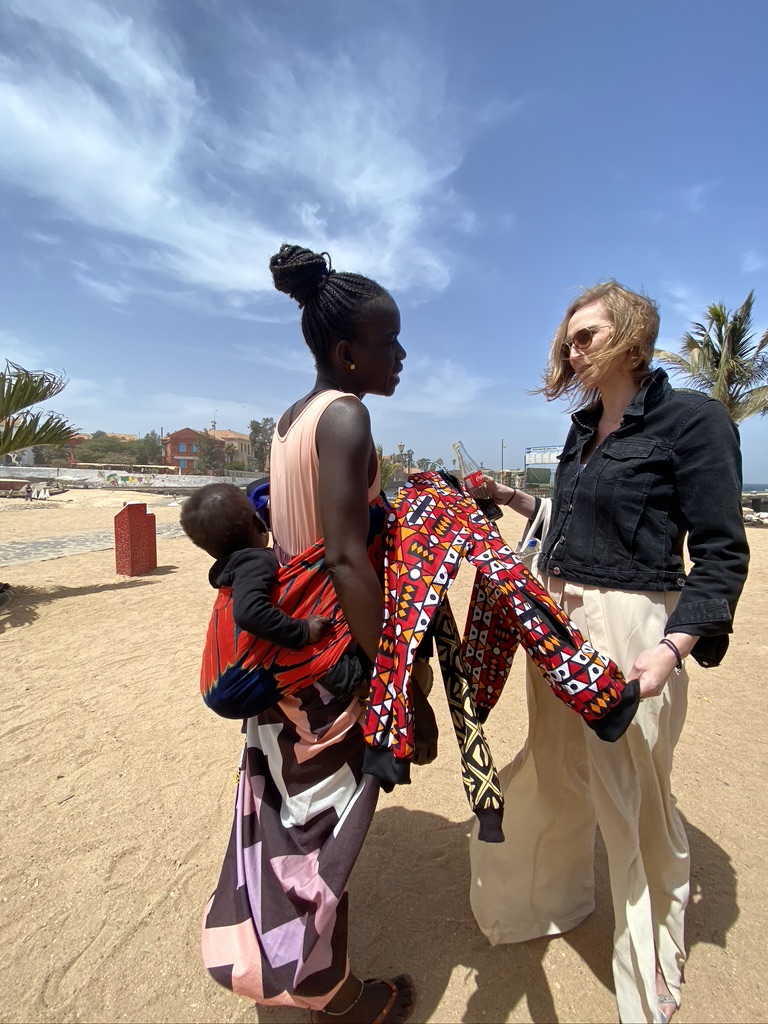
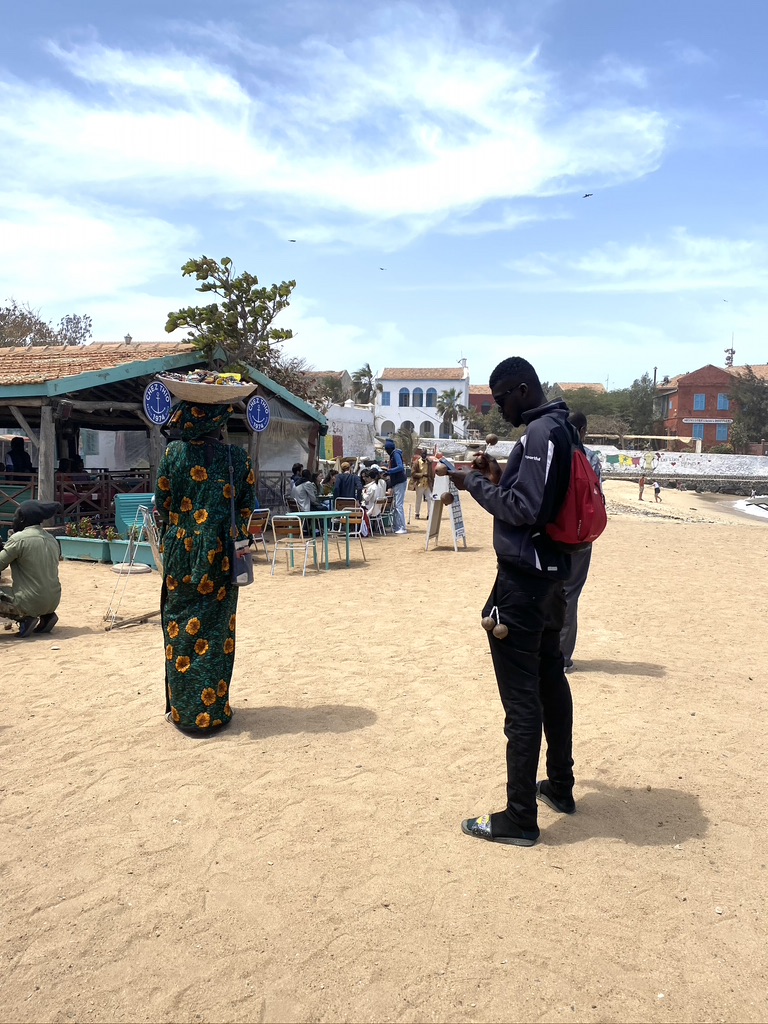
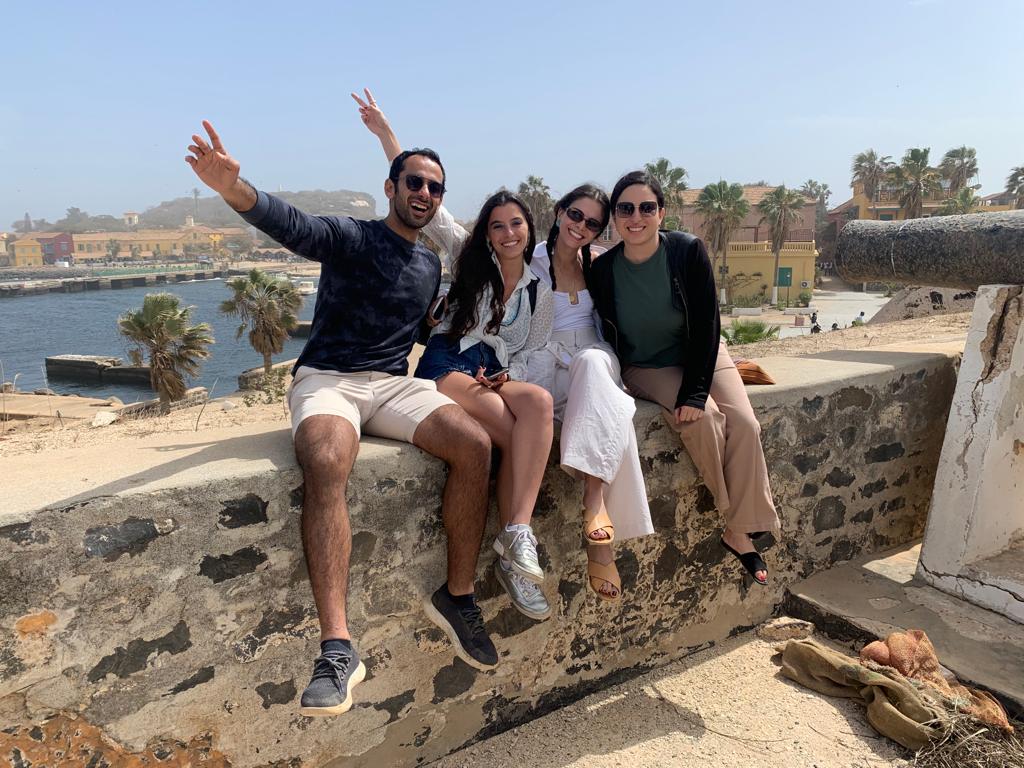
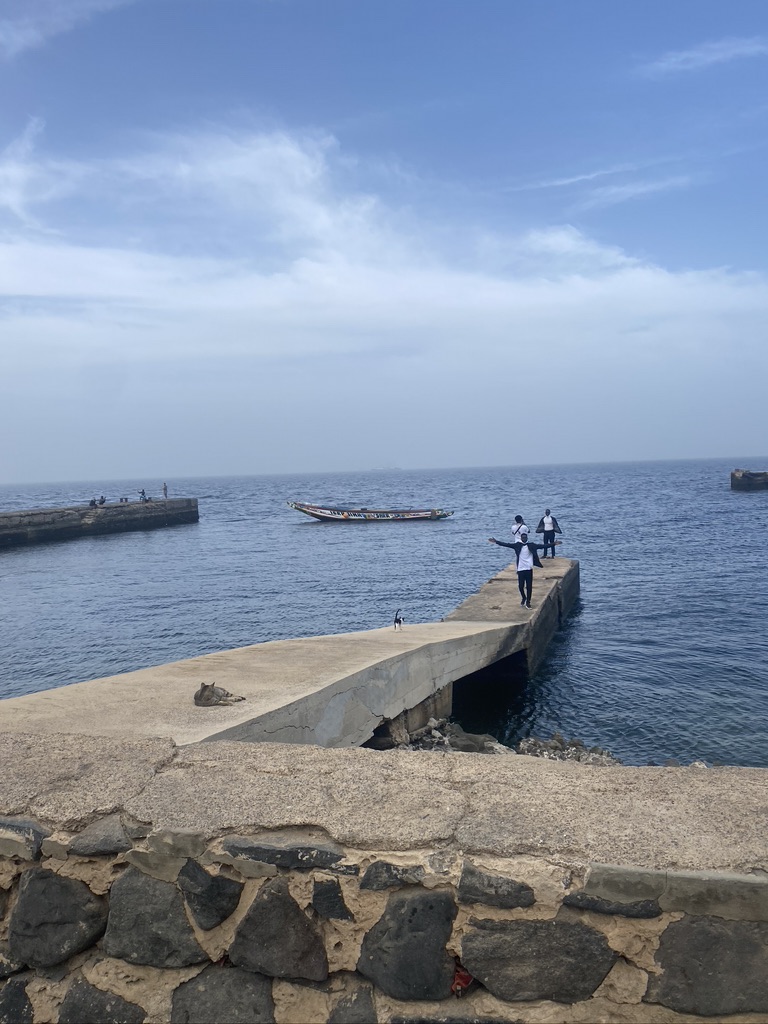
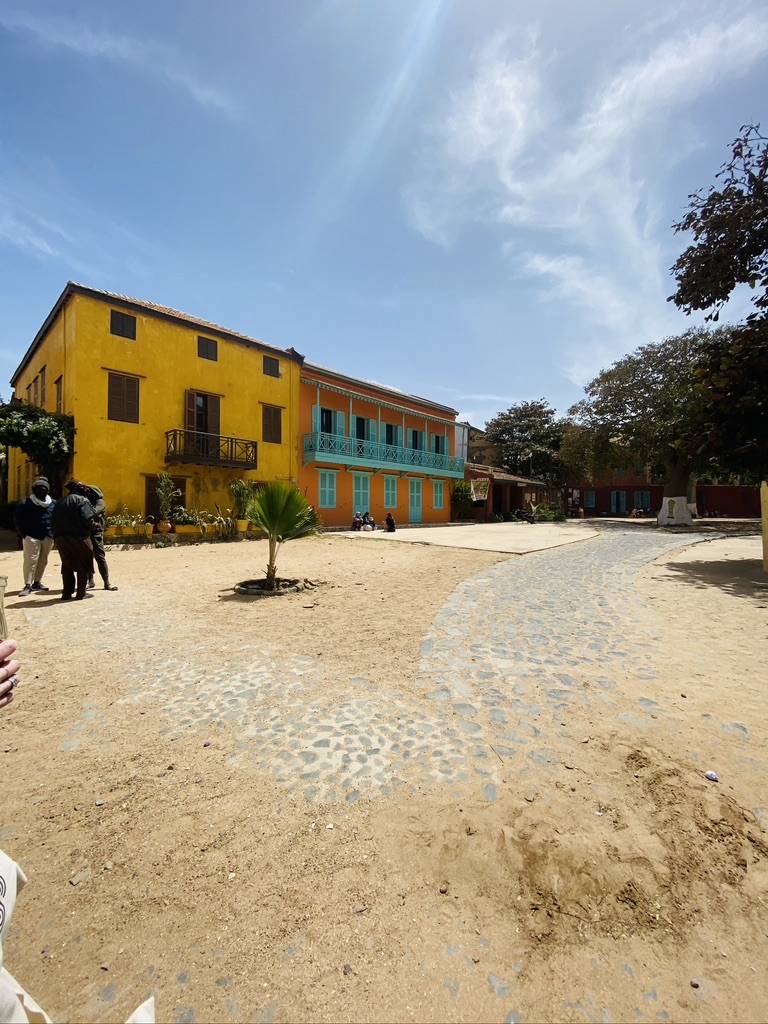
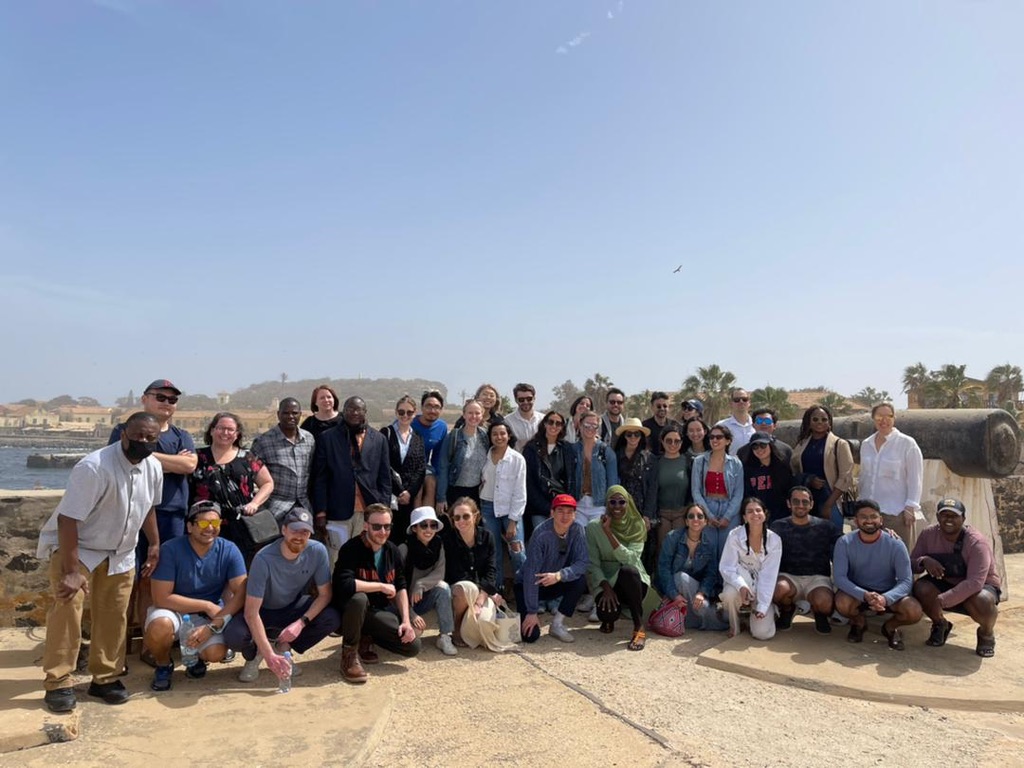
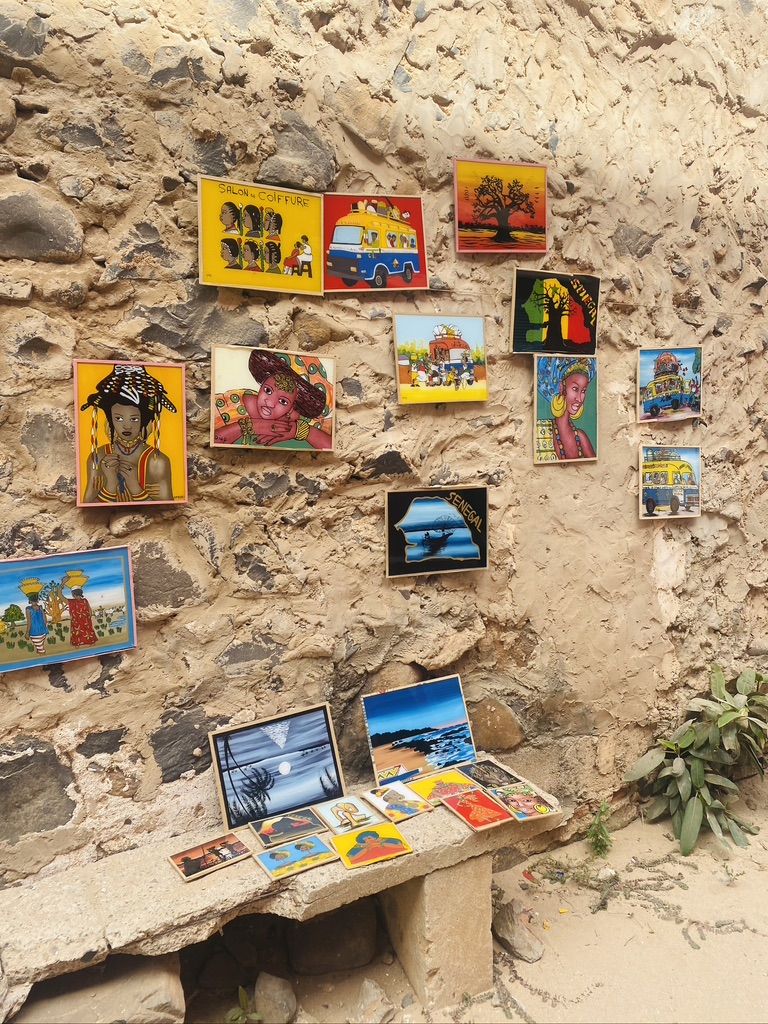
During your time on the Island, you can start your day by having a new local food experience, at a local restaurant. Most of the restaurants were right by the water and provided rice, chicken and fish. Afterwards you can walk around the Island explore its different colorful markets and alleys.
During my time on the island, I visited the Historical Museum of Ile Goree. The museum had 12 different rooms showcasing artifacts and paintings, dedicated to showing and commemorating the different stages of Senegal’s history from ancient times to the country’s independence in 1960.
The Slave House
A must stop during your time on the island is the Slave House. This house, although space to a cruel history, is visited today by tourists and world leaders to remember the human toll of African slavery. It was the place where slaves were housed before traded.
During our tour, we saw the different rooms where the slaves were imprisoned. Limited luminosity or no bathrooms were some of the harsh conditions slaves had to endure living in these rooms. The rooms were also tiny, but the elite put around 15-20 people in them, leaving limited space for anyone to move. Compared to the living rooms of the whites, basically the space where the traders would reside, living conditions of the slaves were horrifying.
The Door of no return was another very touching part of the house. A door where slaves would leave the house from when being traded, and thus the spot where they would never return. Some slaves used to commit suicide as they stepped out of this door, preferring to die rather than continue living their harsh life.
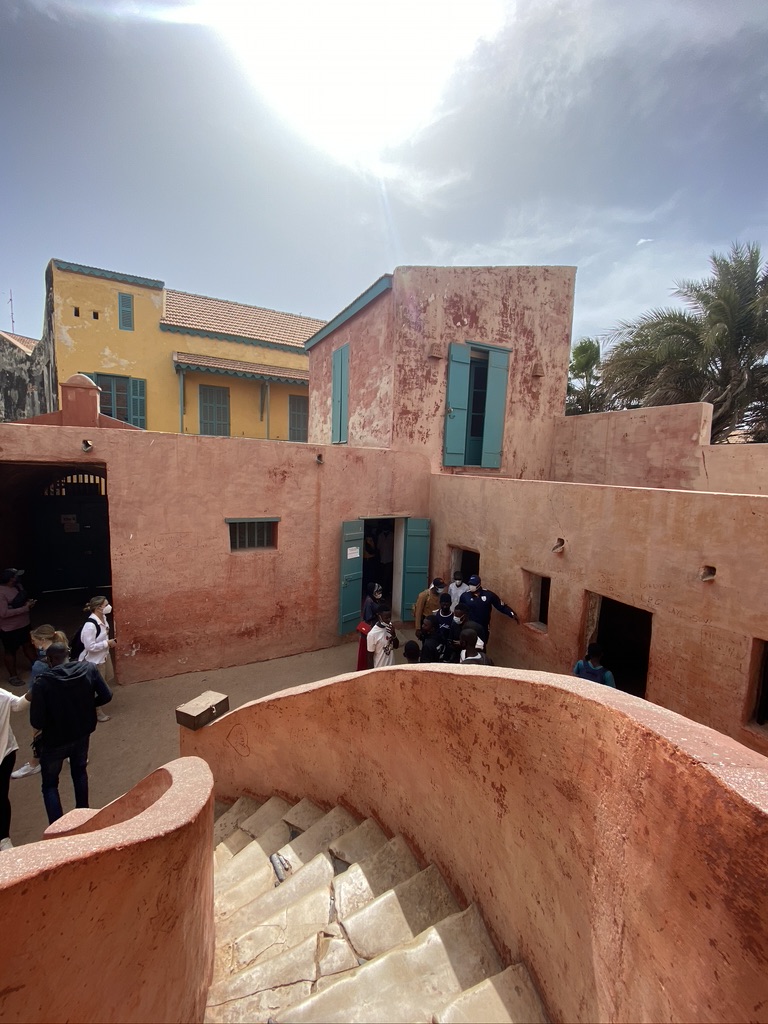
4. SPEND A DAY IN TOUBA AND VISIT THE BIGGEST MOSQUE IN AFRICA
Aside from Dakar, you can plan a few trips outside the city, one of which is to Touba. A religious holy city around 2h away from the capital. Since the topic of our trip was religion (sufism specifically) and peacemaking, a visit to this holy place was needed. It was a nice spiritual journey.
The Great Mosque of Touba
The Great Mosque of Touba is an important landmark developed by Amandou Bamba (who is currently buried there). This mosque is now one of the biggest mosques in Africa. It is the home to one of the biggest Sufi Brotherhoods in Senegal, the Mourid Sufi brotherhood. The mosque is very pretty, with a unique architecture and very detailed designs and colors. It has around 14 domes, and a fountain where people can have access to pure water.
I walked around the mosque with one of the sheikhs who was explaining the purpose of the different rooms as well as giving us some background about Islam in general. I felt like i’m on a spiritual journey as I heard the sheikh describing his religion and his attachment to God.
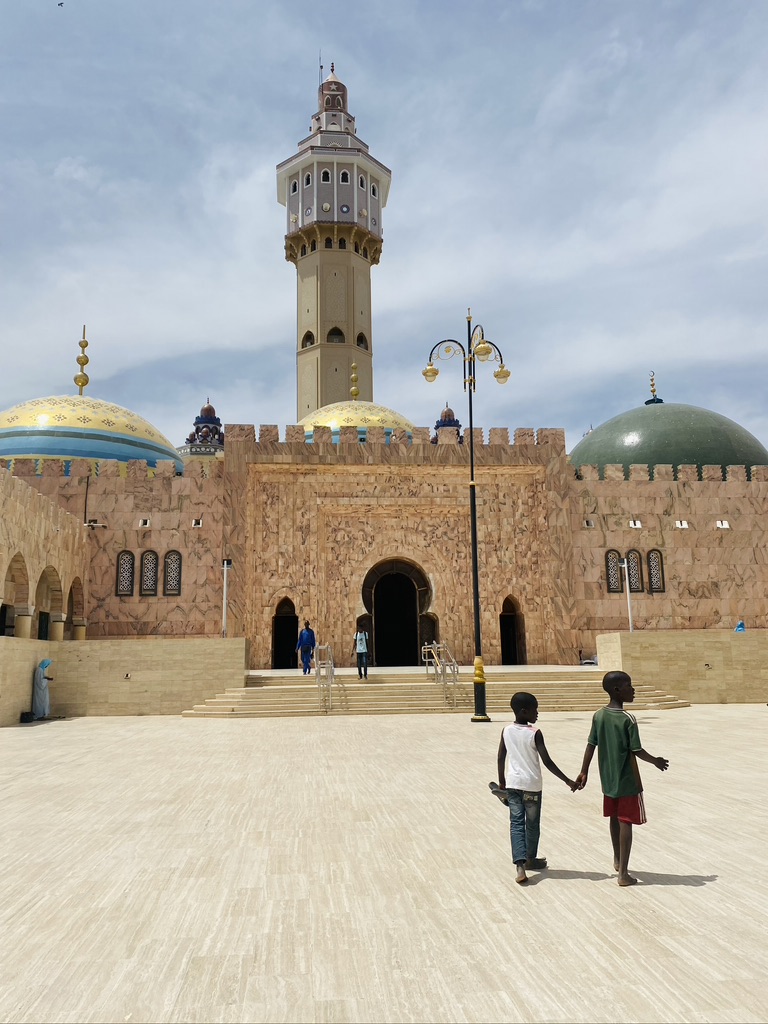
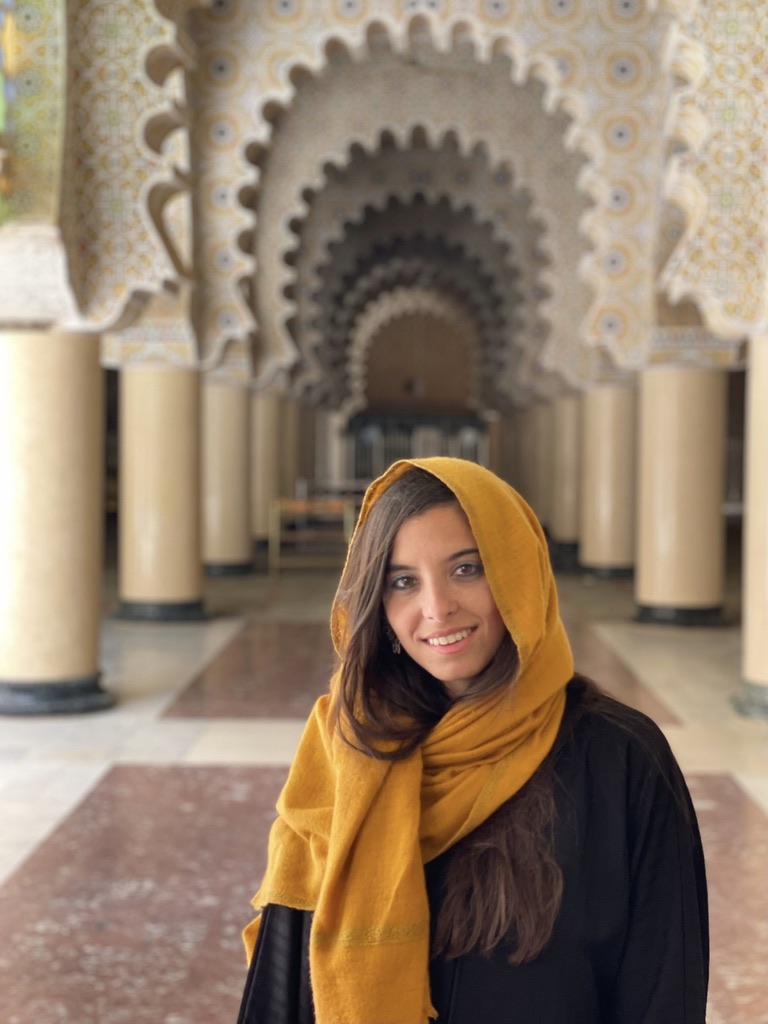
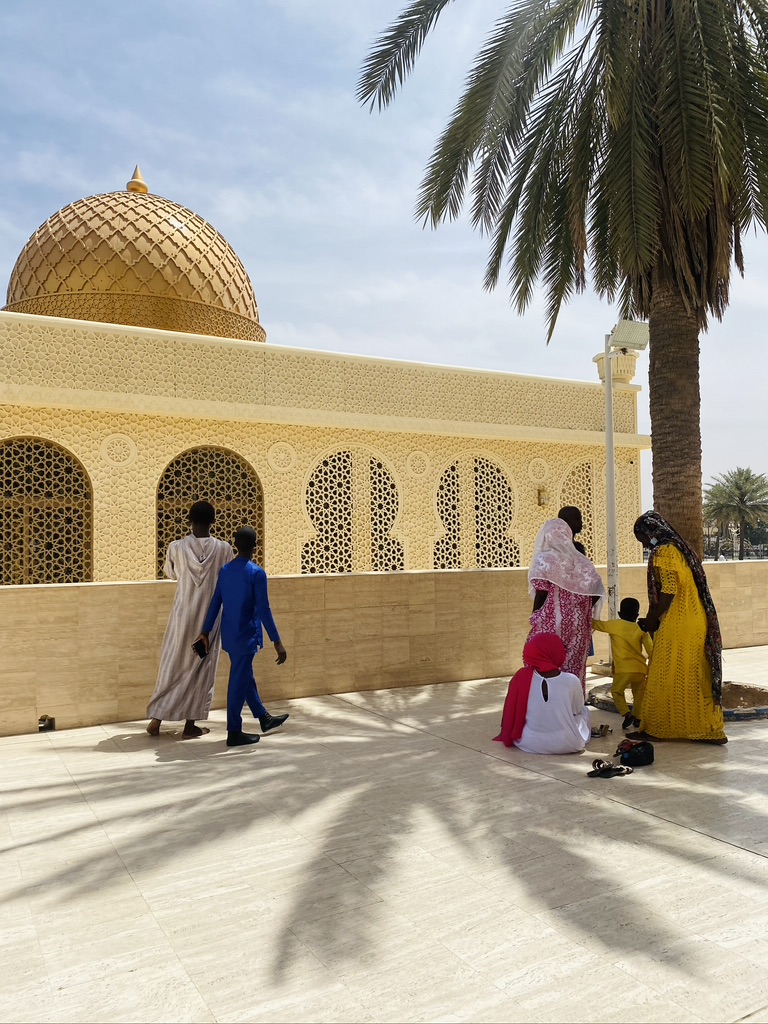
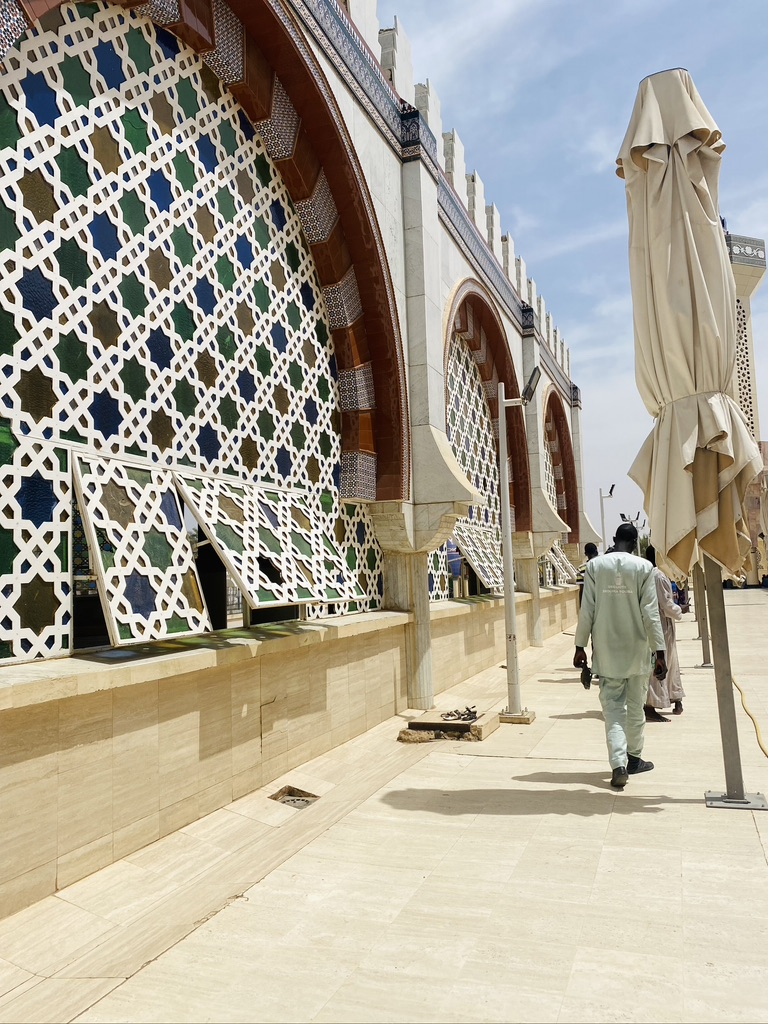
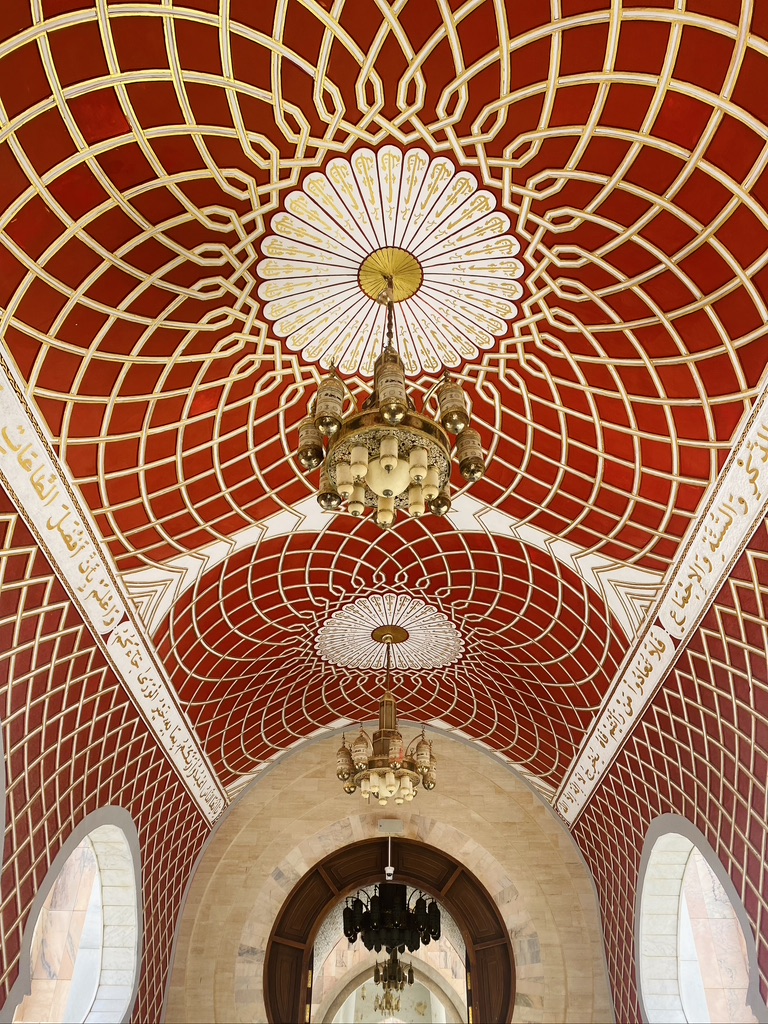
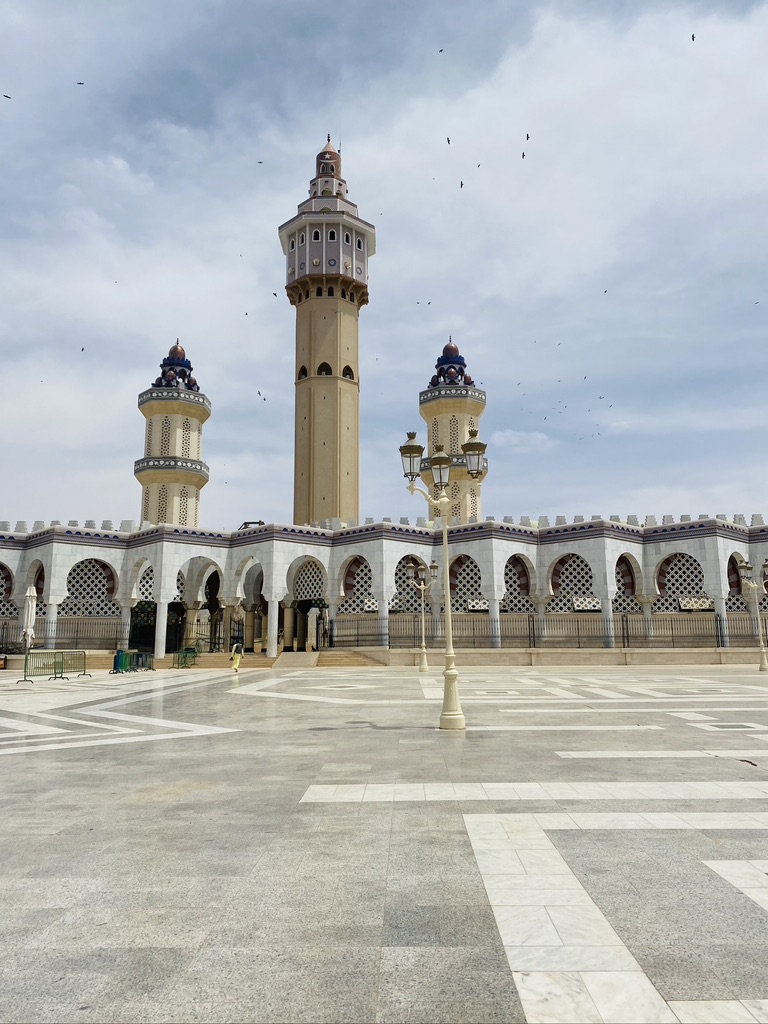
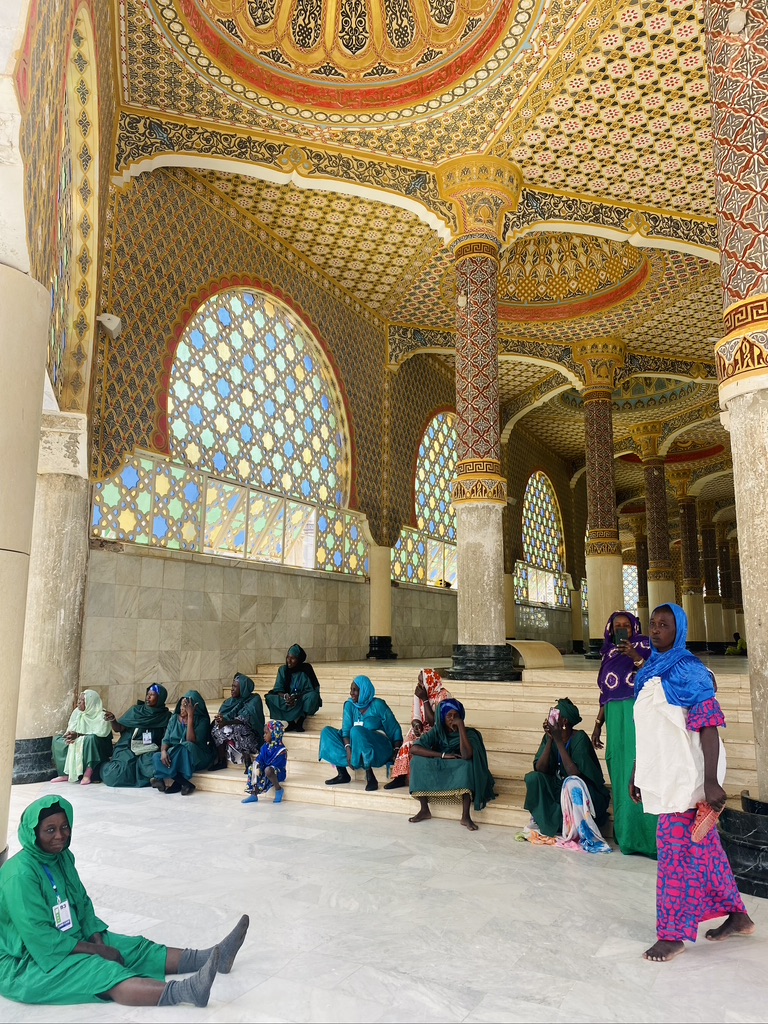


Snapshots from my visit to Touba, Senegal
5. EXPLORE TIVAOUANE AND ITS RELIGIOUS SITES
Tivaouane is another city outside of Dakar that you can visit. It is also a holy city, place for the Tijaniyya Sufi brotherhood. The city is known for the many mosques and tombs of religious leaders it has. It is the site of annual pilgrimage of Tijani Muslims.
The Daaras
In Tivaouane you should tour the street of the city and visit one of their Quranic schools, also called Daaras. There, you can meet a few sheikhs who can talk to you about Islam and specifically the school and its curriculum. The school is filled with students, of very young age, studying Islam, practicing and singing prayer verses. These students start their lives studying Islam at the daaras for several years. Later on, some of them continue their religious studies at informal Arabic schools, the majlis, or at the growing number of private schools.
It was fascinating to see how the Tijani muslims devoted their children to religion from such a young age. Seeing the kids praying, I was invaded with feelings of purity and peace. I realized the immensity and diversity of the world; we lived in completely different environments.
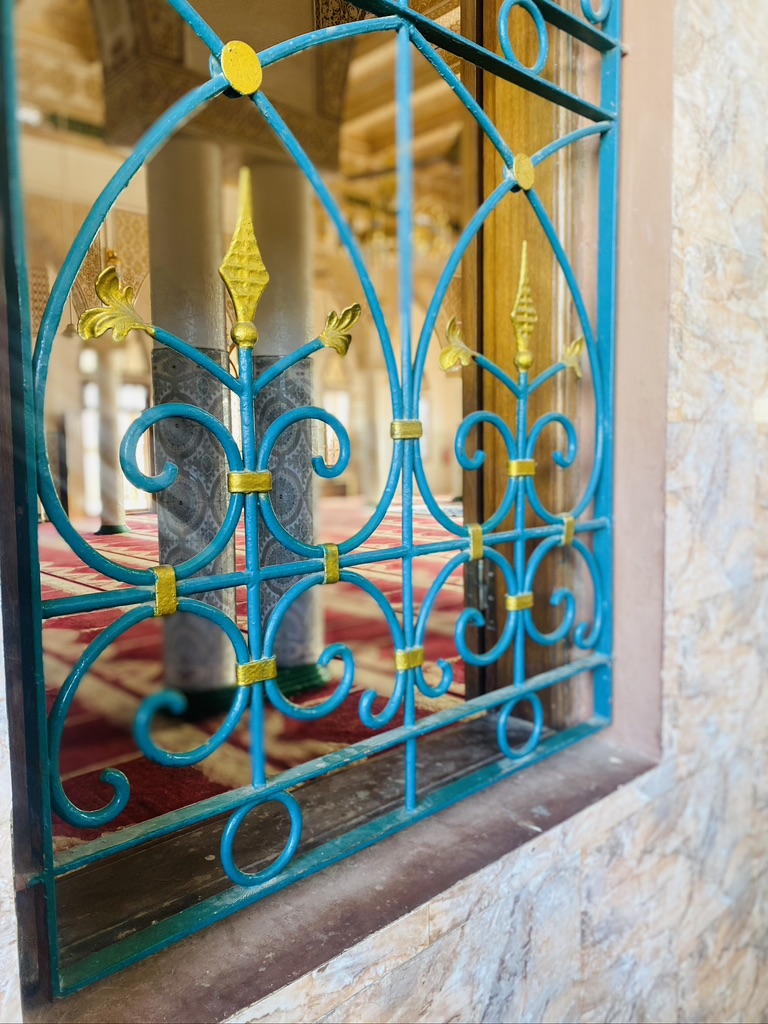
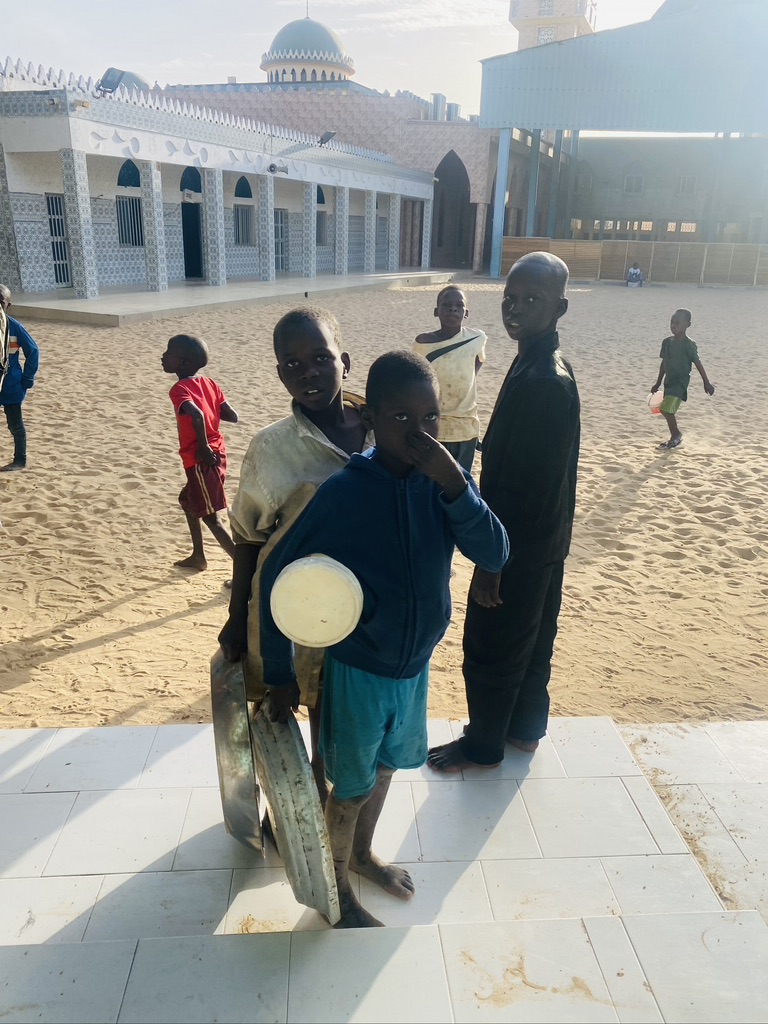
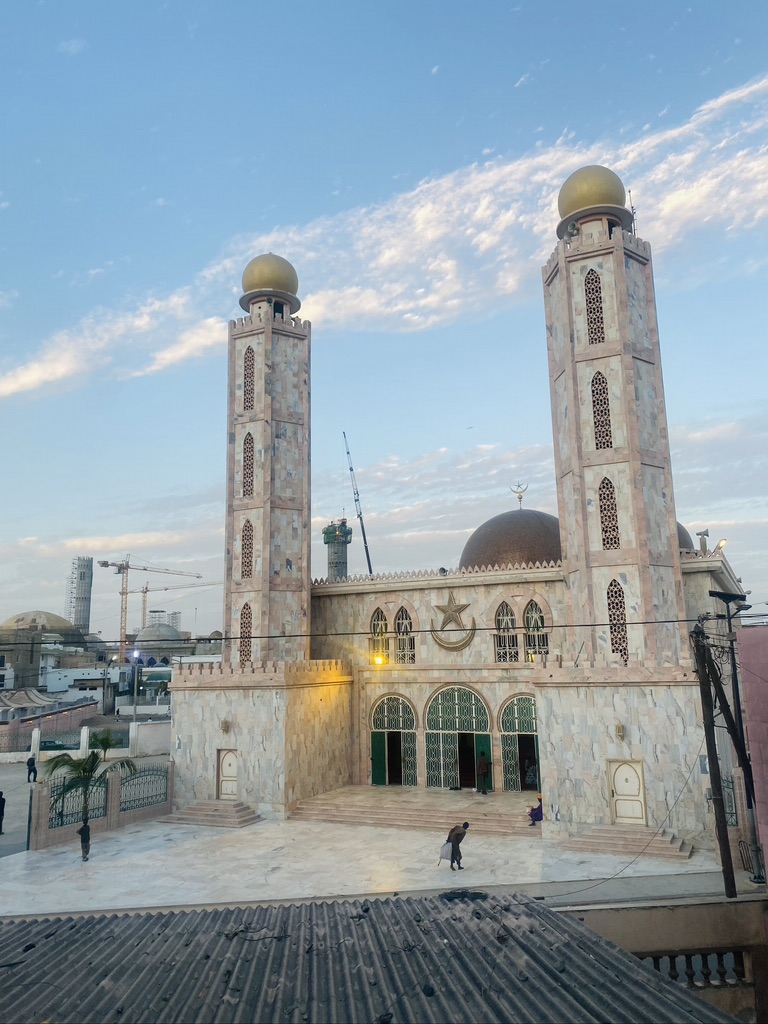
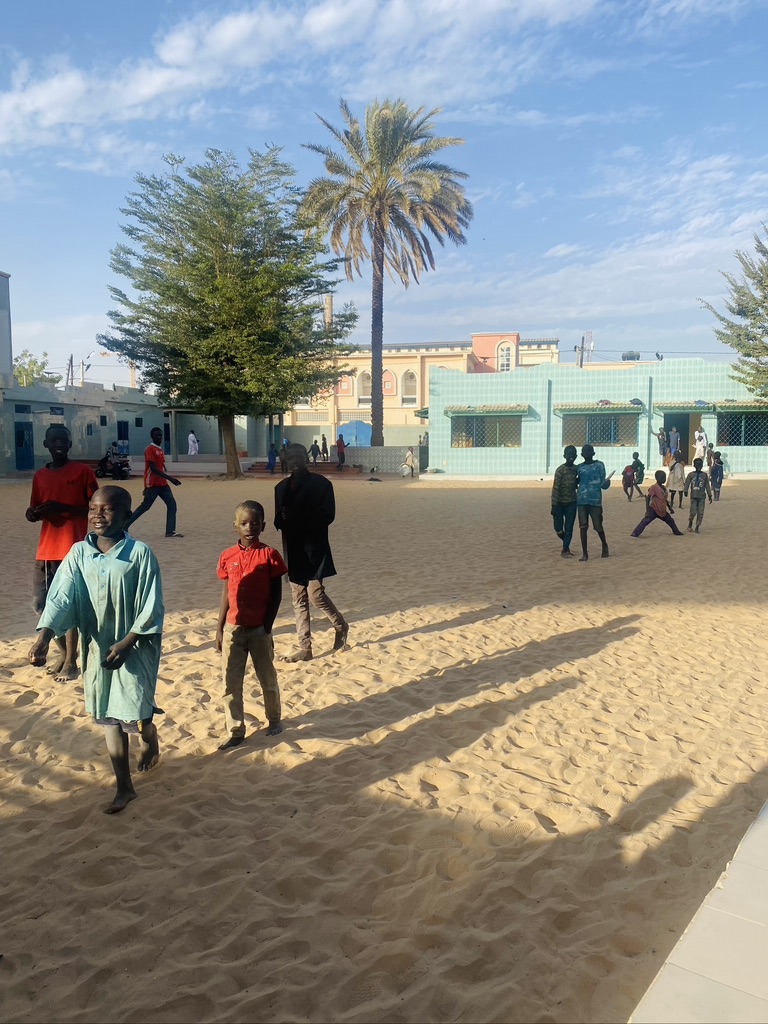
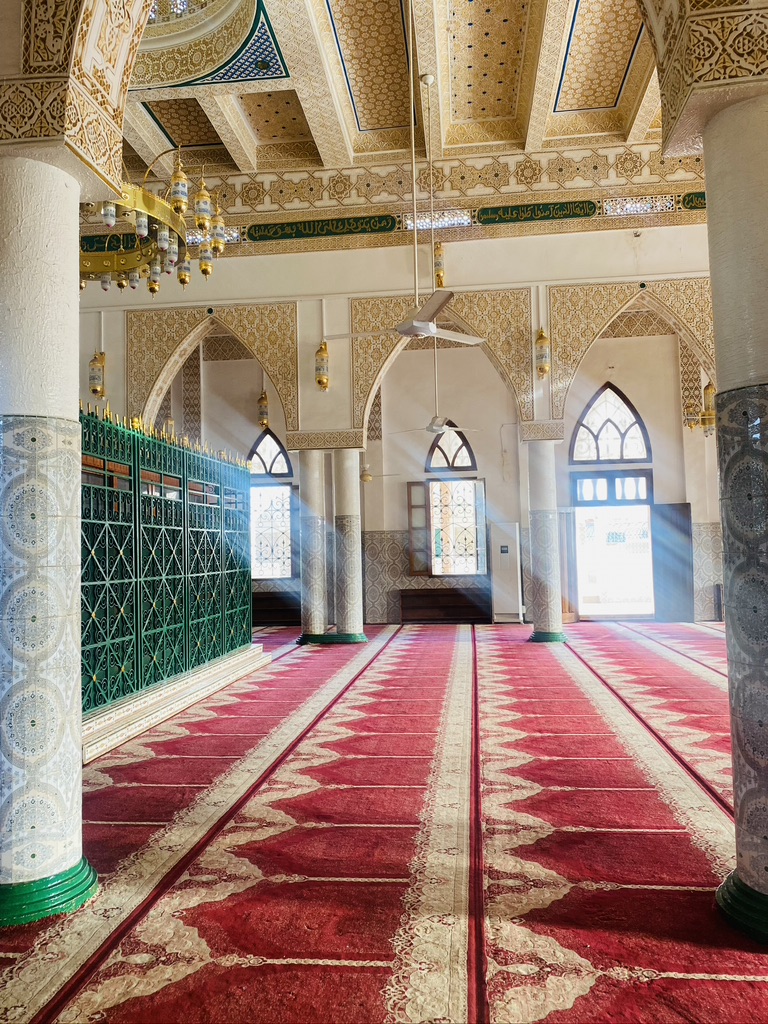
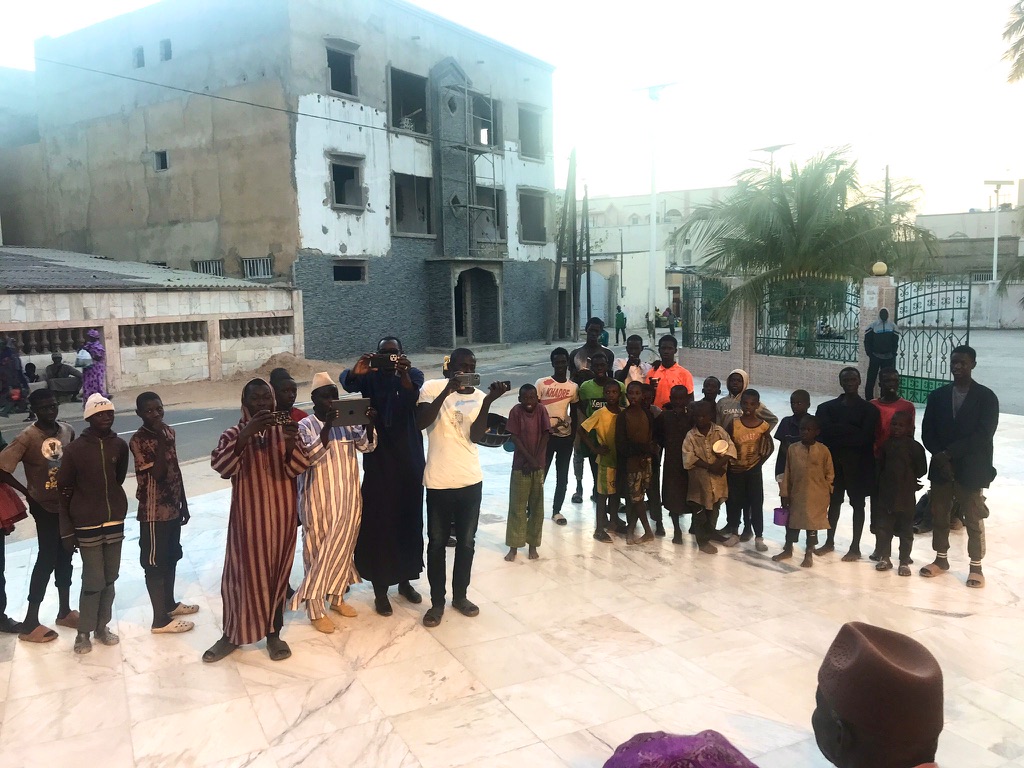
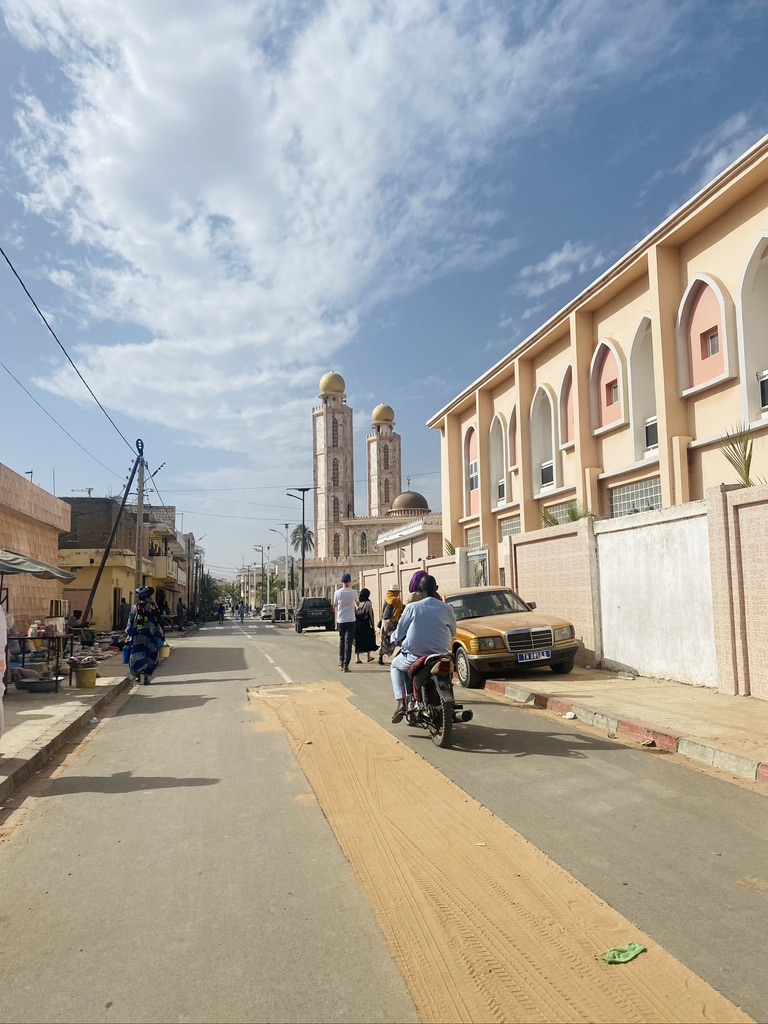
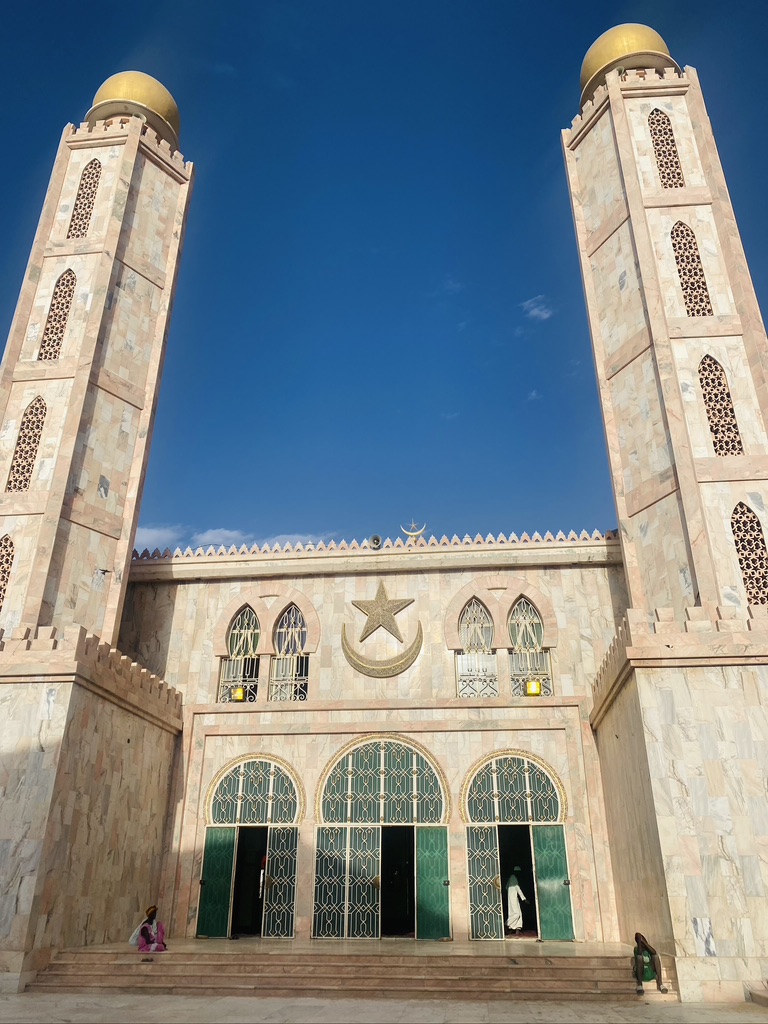
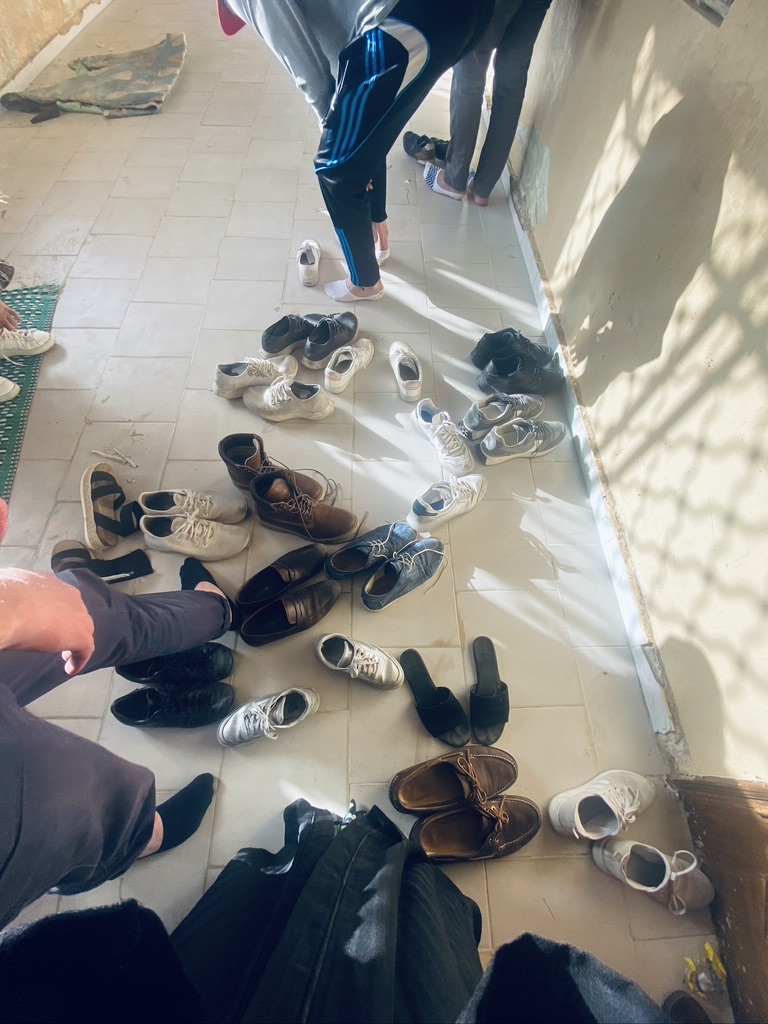
Snapchots of Tivaouane, Senegal
6. EXPLORE THE PINK LAKE
There’s more than shopping and religious sites in Senegal to do. The pink lake is another destination that the country is famous for. The lake is 30km northeast of Dakar. It is named the pink lake due to the color of its water caused by certain algae, the Dunaliella salina. It also have very high levels of water, people can float in it.
7. GO ON A LION SAFARI TOUR
Another thing that Senegal is famous for is its safaris and particularly the lion walks. The Ranch de Bandia park for example provides caged vehicles where visitors can observe the wildlife and have lions jump on to the car. The park is 70km away from Dakar, but definitely worth the ride!
8. ENJOY A RELAXING DAY BY THE BEACH
During the dry season, the weather in Senegal is perfect for a beach day. You can spend the day on the beach of your hotel, or buy a day pass in any of the hotels around you. There are several beach clubs around Dakar. The best beaches are known to be plage des Mamelles, plage de Ngor, Saly-Portudal Beach, Cap Skirring Beach and plage du Virage.
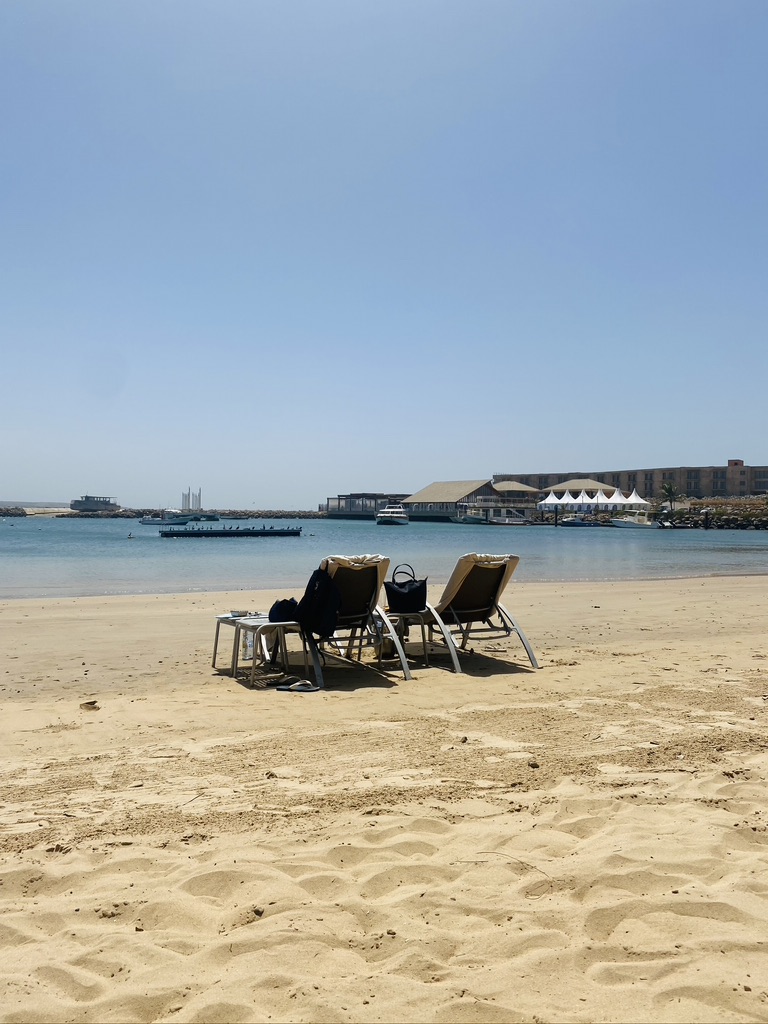
WHERE TO EAT IN SENEGAL
There are plenty of good restaurant options in Senegal, here are some of my favorites:
La Terrace – The restaurant in the hotel Terrou-Bi. It is very nicely located, by the beach, and offers a variety of dishes such as pizzas, steaks and fish. They also have a cocktail menu, perfect for sunset drinks.
Le Cabanon – This restaurant is located at the corniche des Almadies, right next to the water. It has a very nice colouful venue. Their dishes are very big, specially the paellas, so be careful not to order too much. The service could be slow and the restaurant is pricey. However, it is still one of the go to spots in Dakar.
Le Carré – Probably my favorite restaurant during my time in Senegal. Le Carré is also situated in the Corniche des Almadies. Their cocktails are huge and to die for. They offer African as well as international cuisine, and of course a lot of sea food options. The vibe is amazing, they usually have a DJ that puts afro-beats turning the place into very vibrant and dancy.
Phare des Mamelles – This was also a very fun spot. Phare des Mamelles is a restaurant lounge situated at the top of a lighthouse. The view is amazing during sunset, and the breeze is great for a night out. The place turns into a party scene around 10pm, with performers and a DJ putting all kinds of music until 3am. It is definitely a very fun spot to go to. I would warn you that the food is not that great. The place is more of a night club experience, with good music and drinks rather than a dinner spot.
Lagon 1 – A very high-end restaurant with an amazing view to the sea. This restaurant is mostly known for its sea food and its unique outdoor seating area that replicate fishing yachts. The deck overlooking the water is a perfect spot for a romantic date night.
Restaurant Farid – You can never go wrong with Lebanese food. Luckily, I was able to try Restaurant Farid, which seems to be the best Lebanese place in Dakar. And honestly, it was great. The venue is very spacious, the food was good and the service was impeccable. The waiters were very nice and friendly. There was also a band that played Lebanese tunes throughout the night. I highly recommend Restaurant Farid.
Bantyii Dibiterie – Not a restaurant, but an exciting local street food experience in Dakar. I will write more about it in my next post. I definitely encourage this experience.
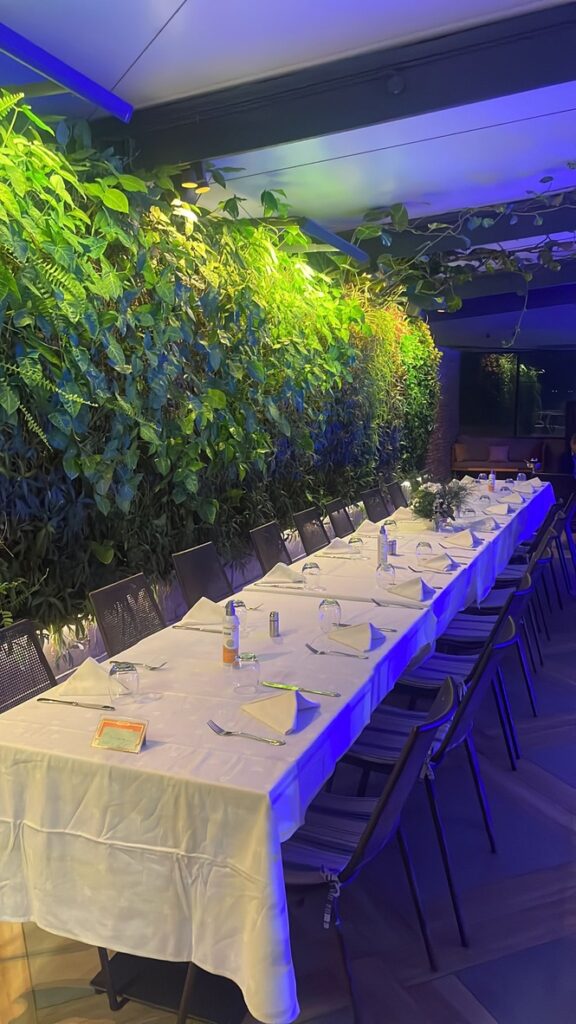
I hope you enjoyed my Senegal guide. Please let me know in the comments below your own experiences in Senegal.
I would love to go back!